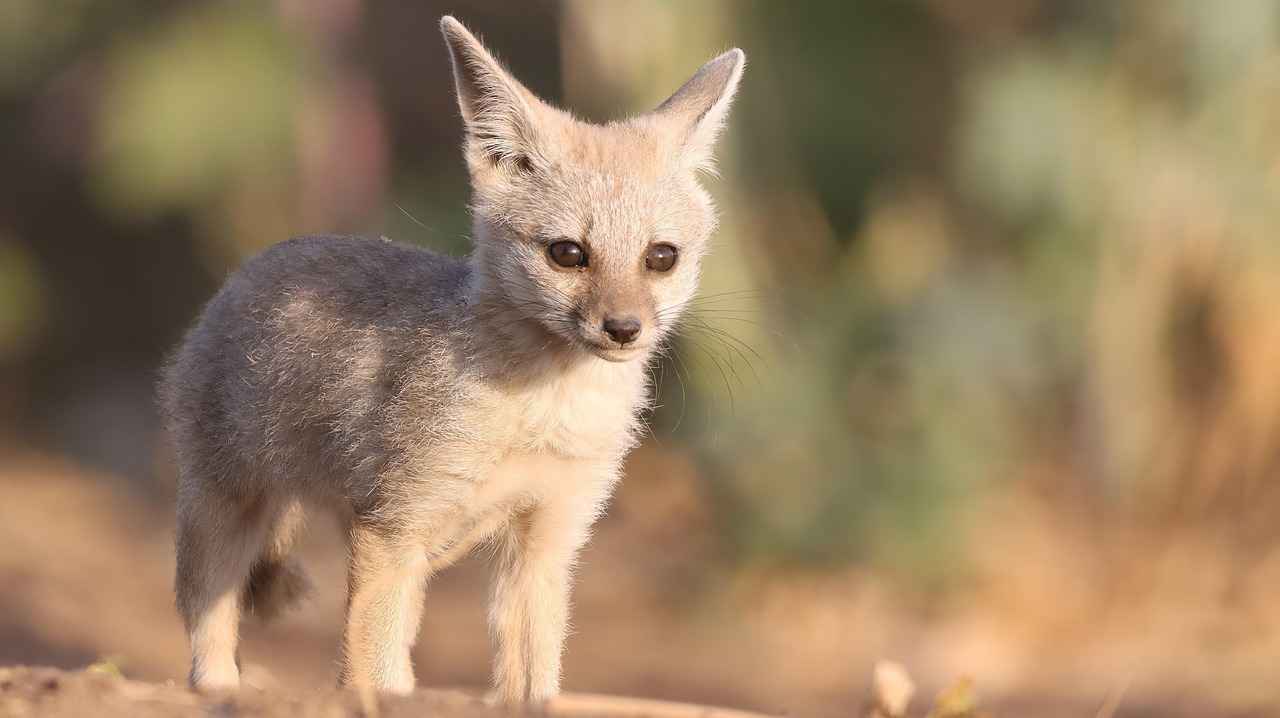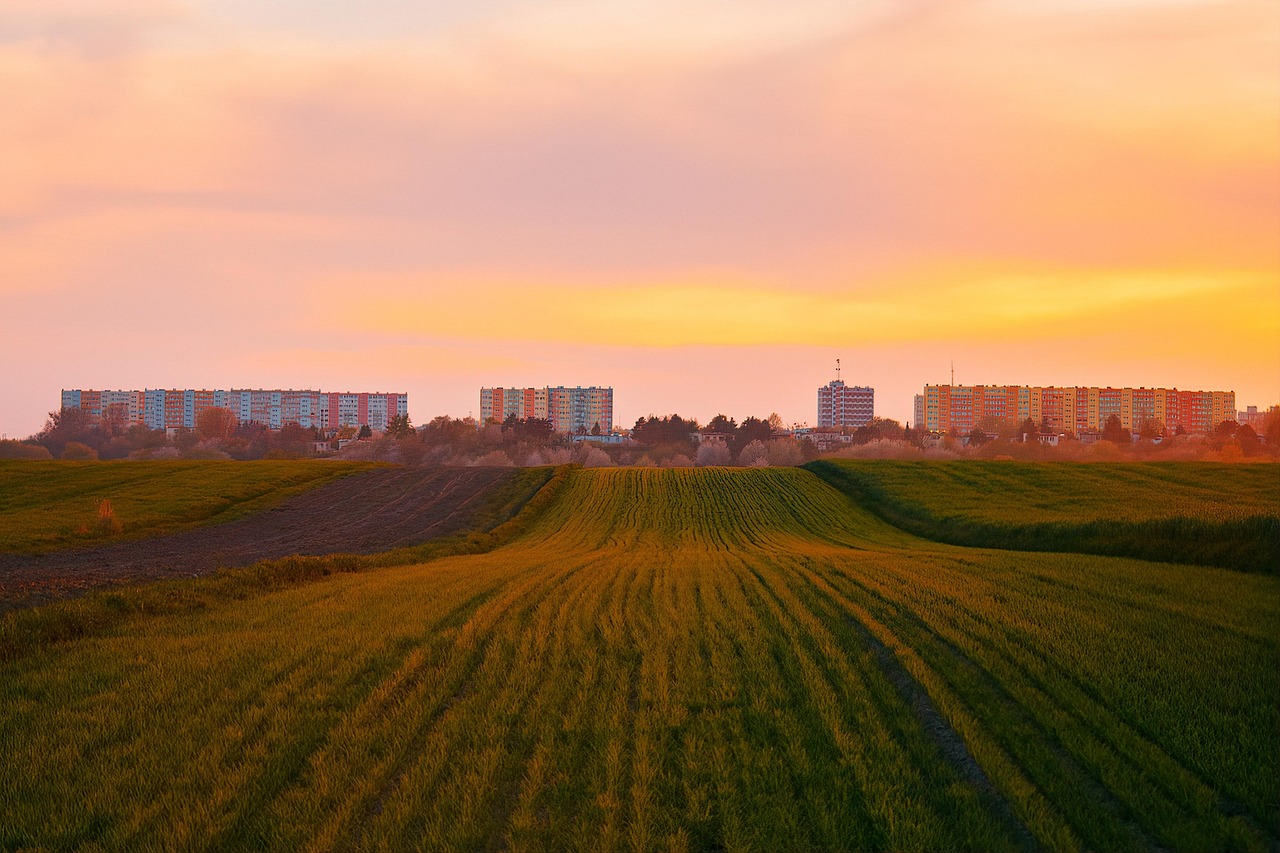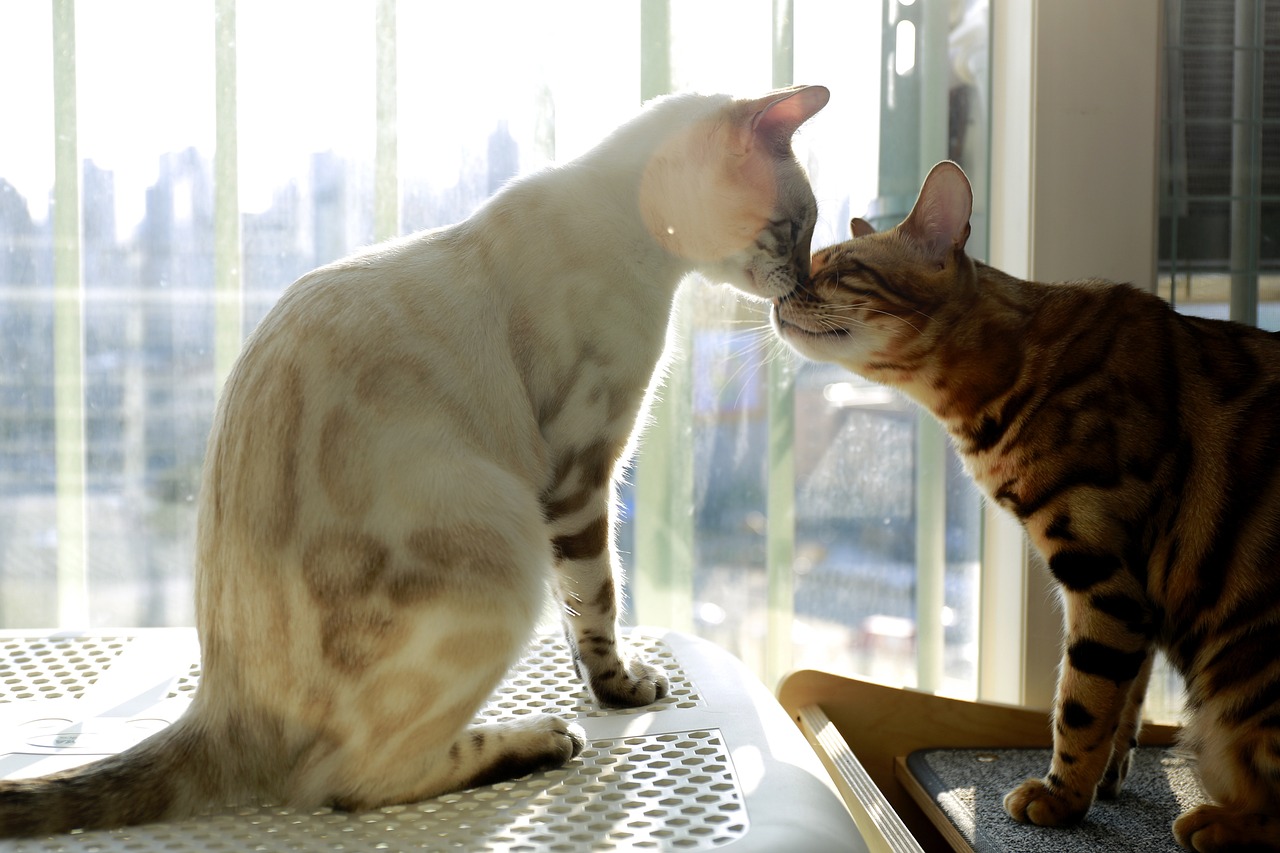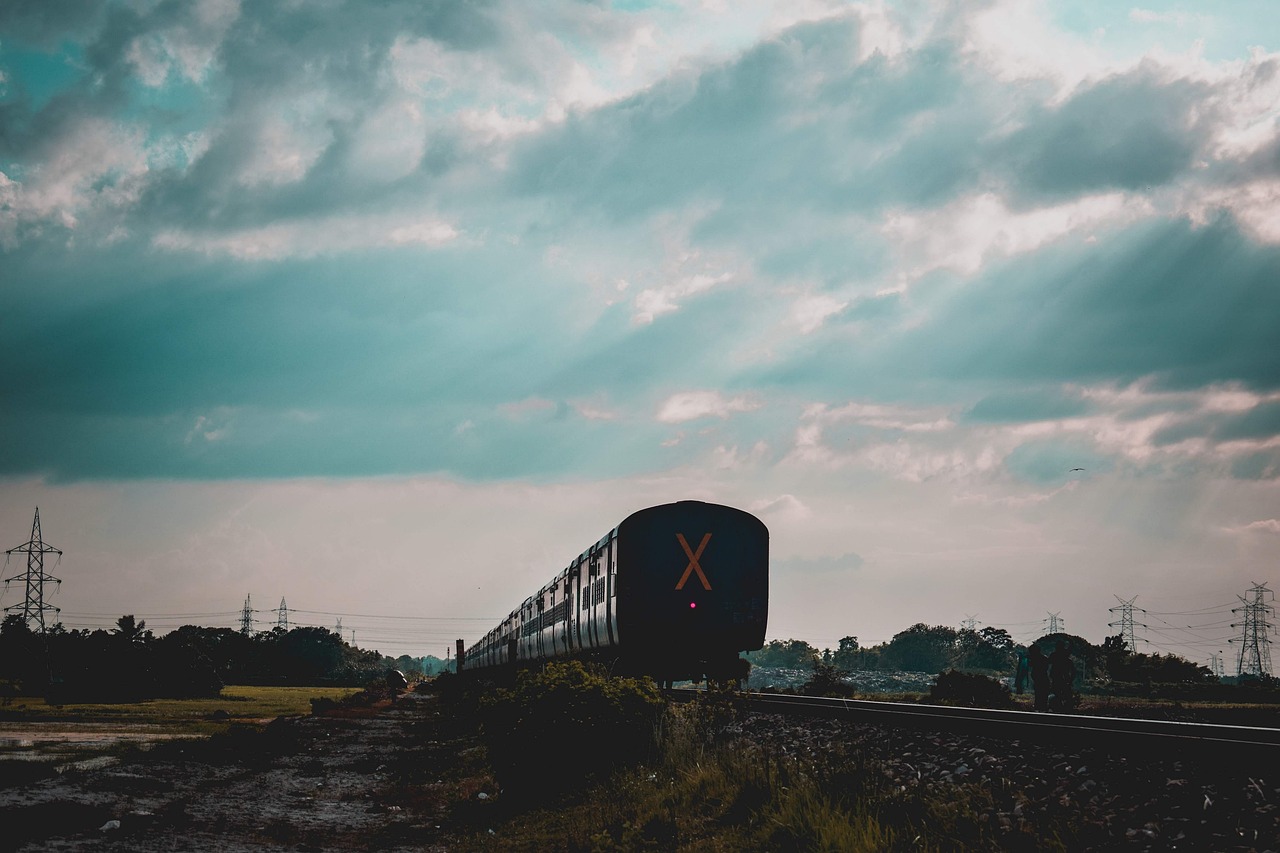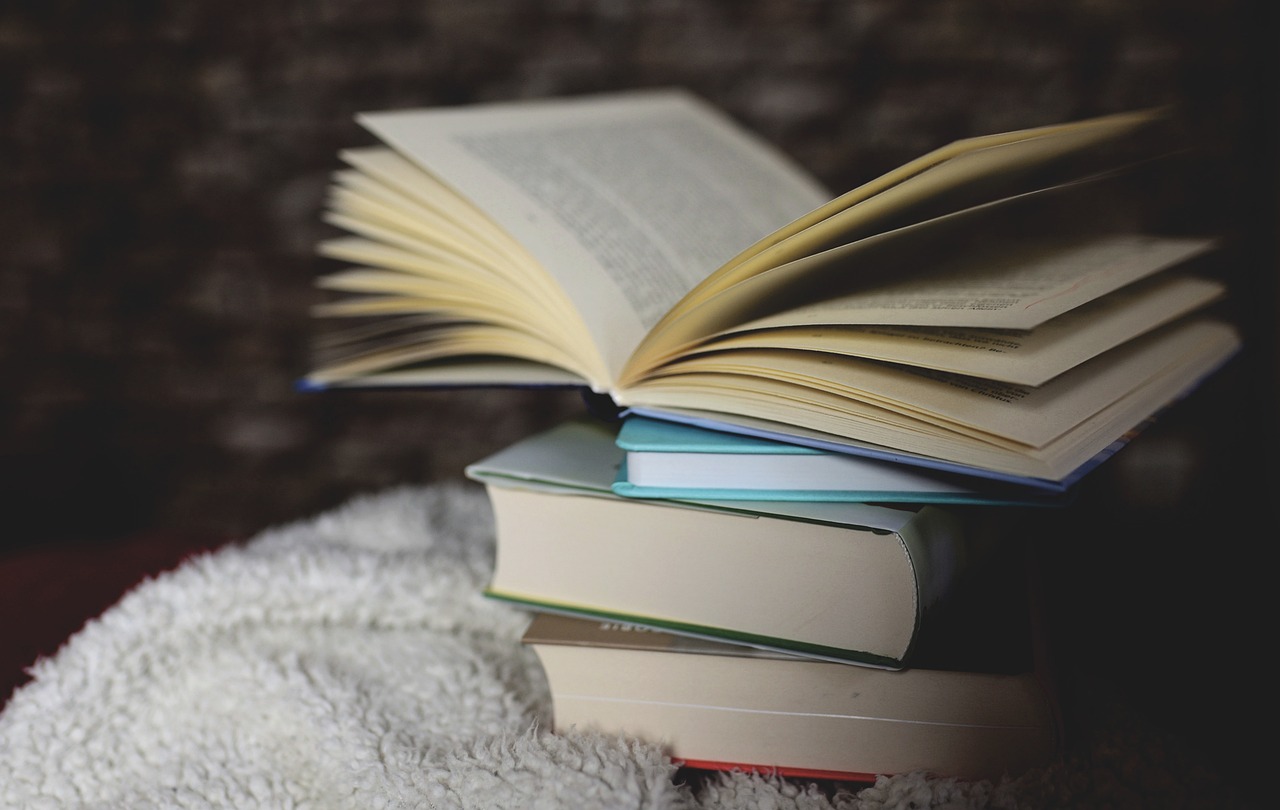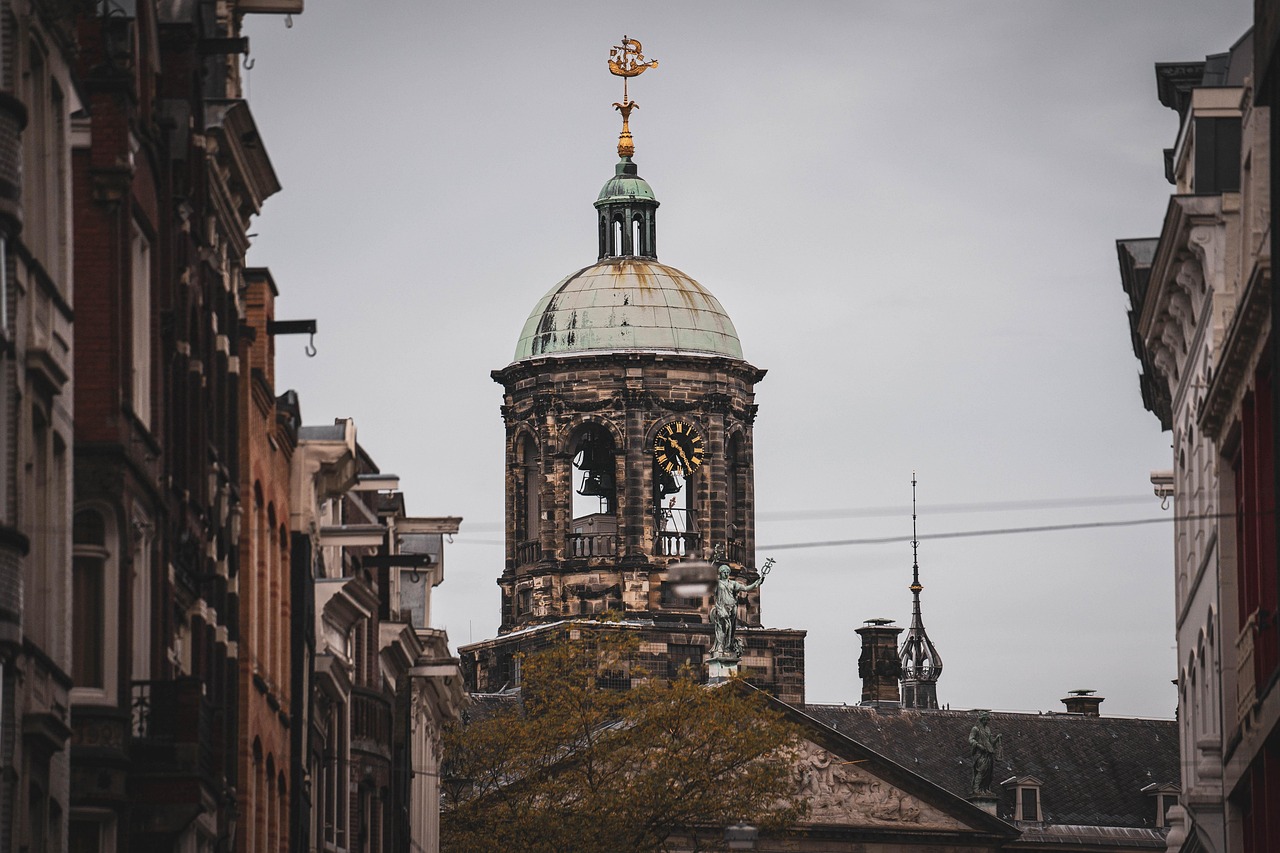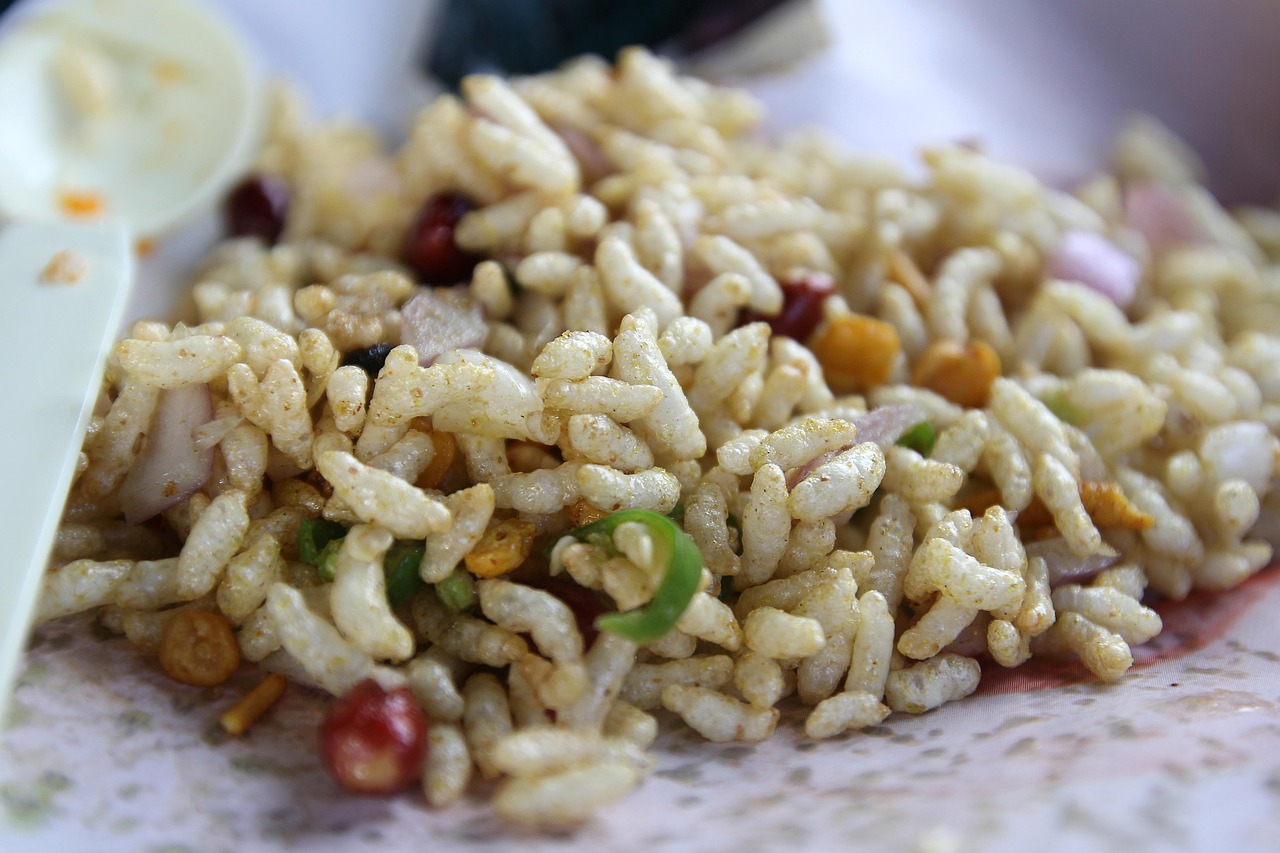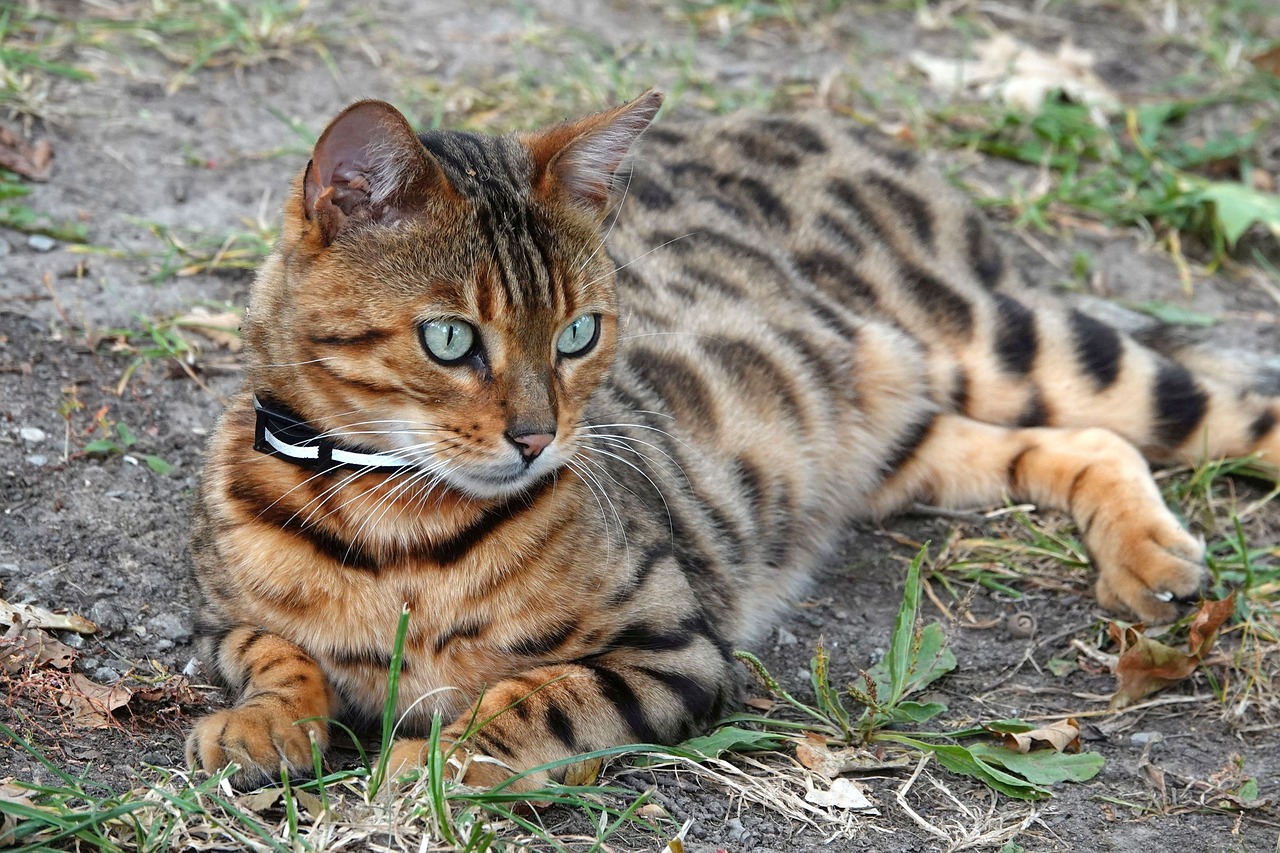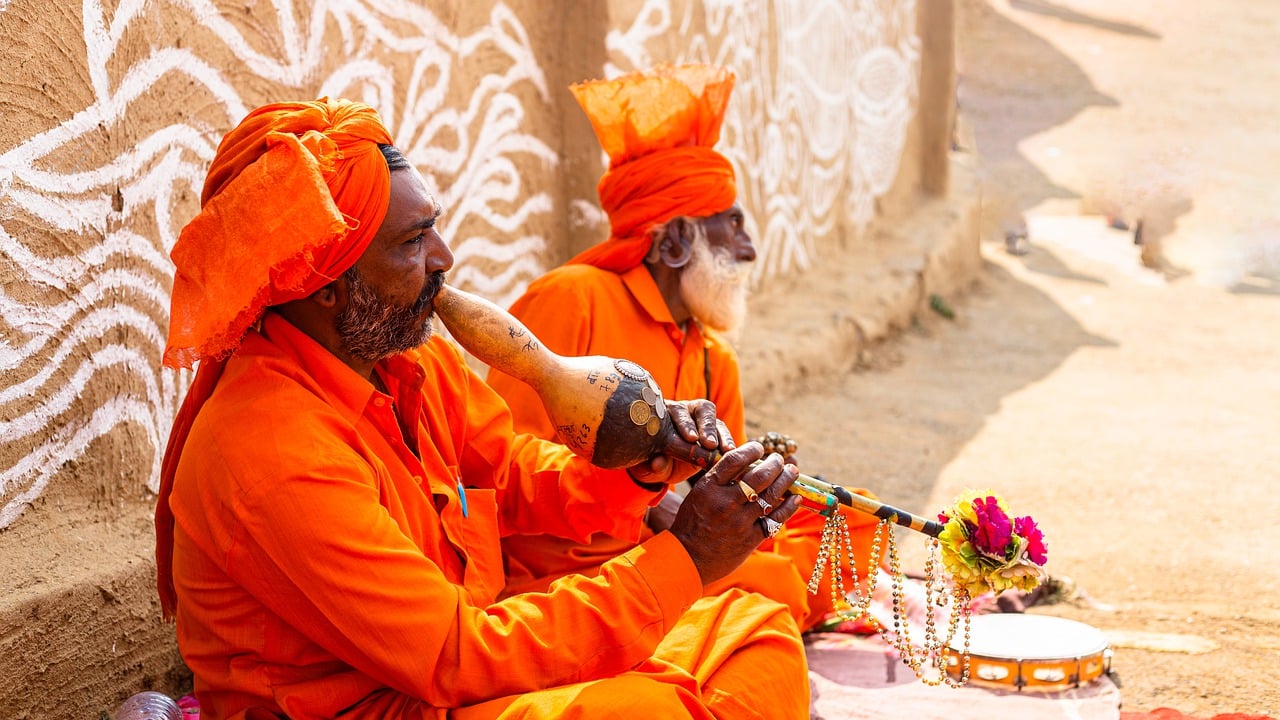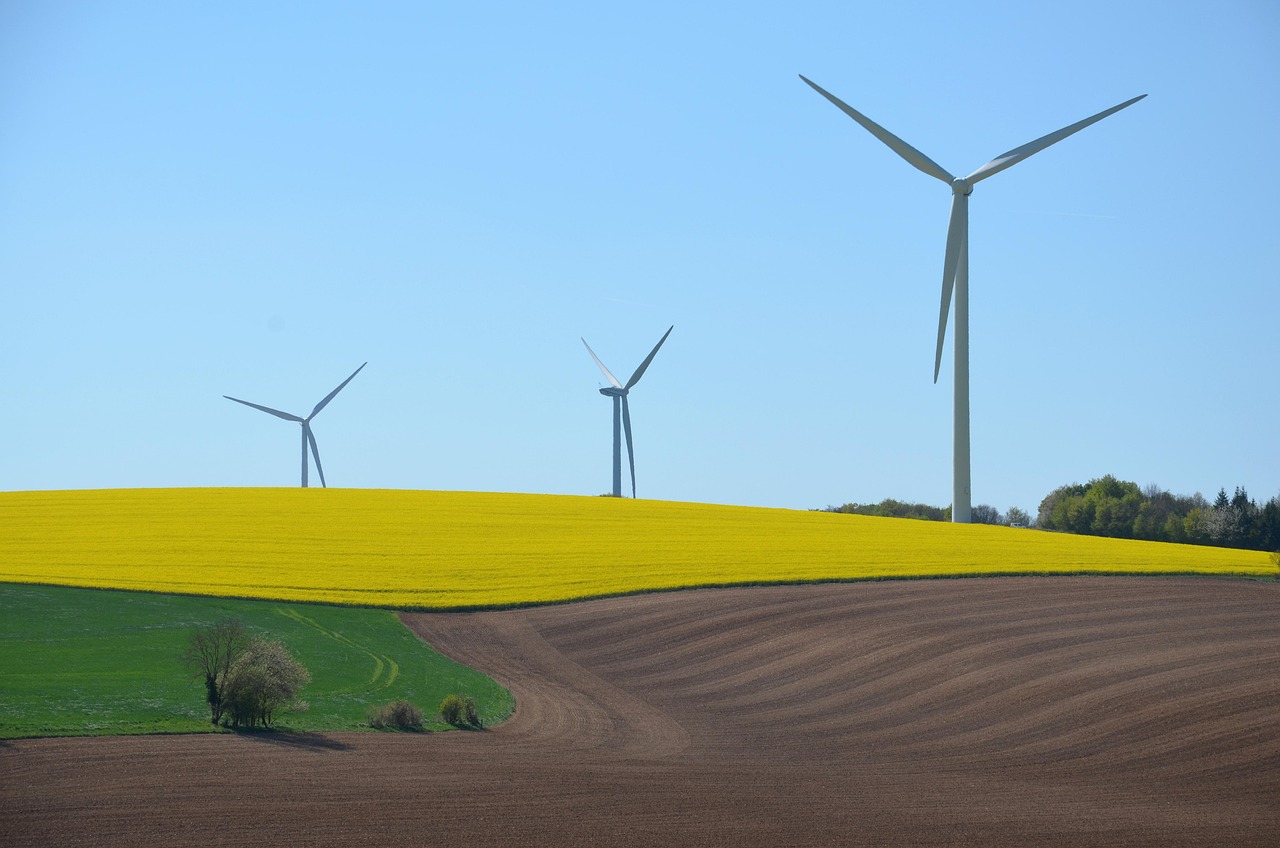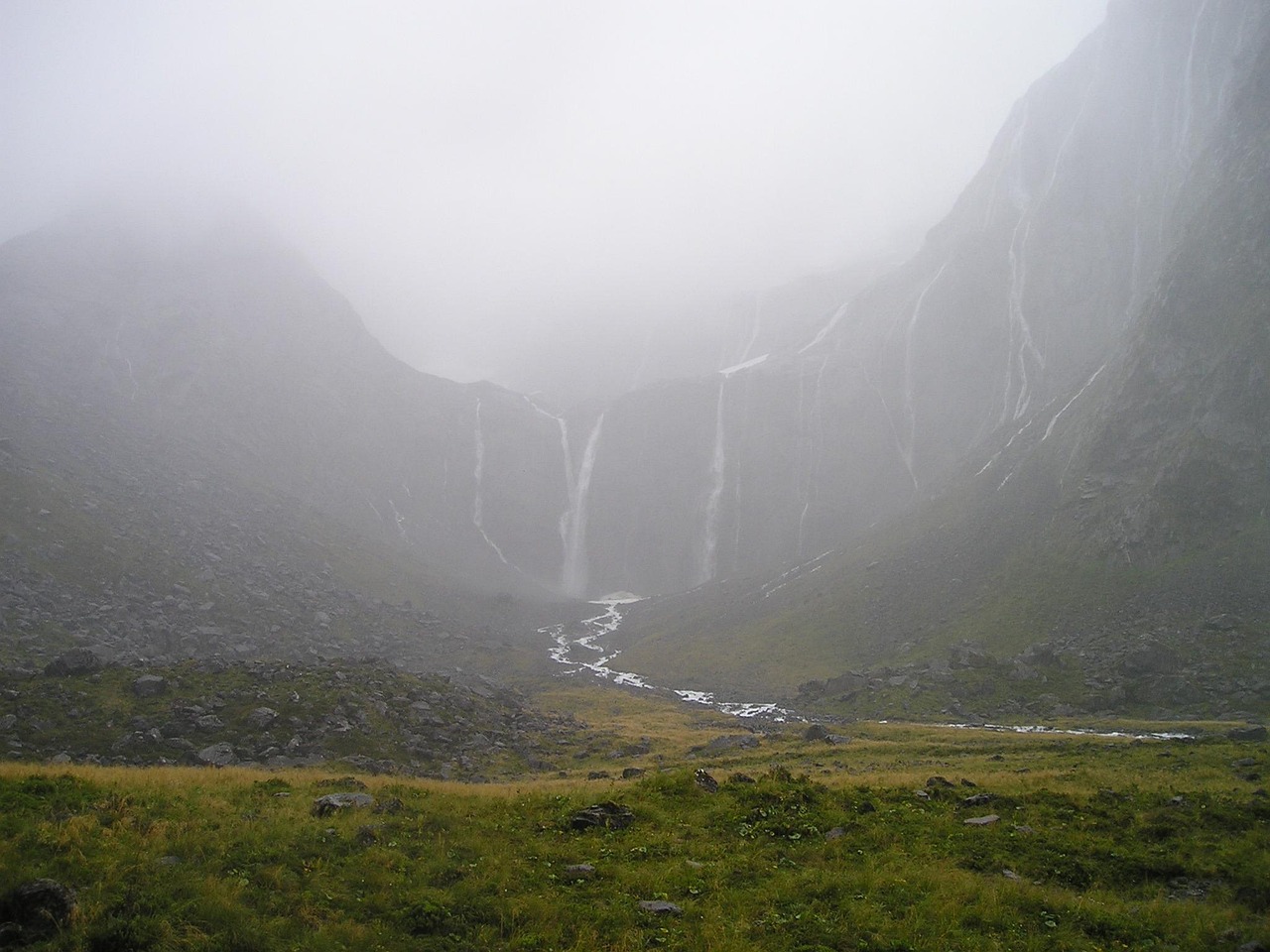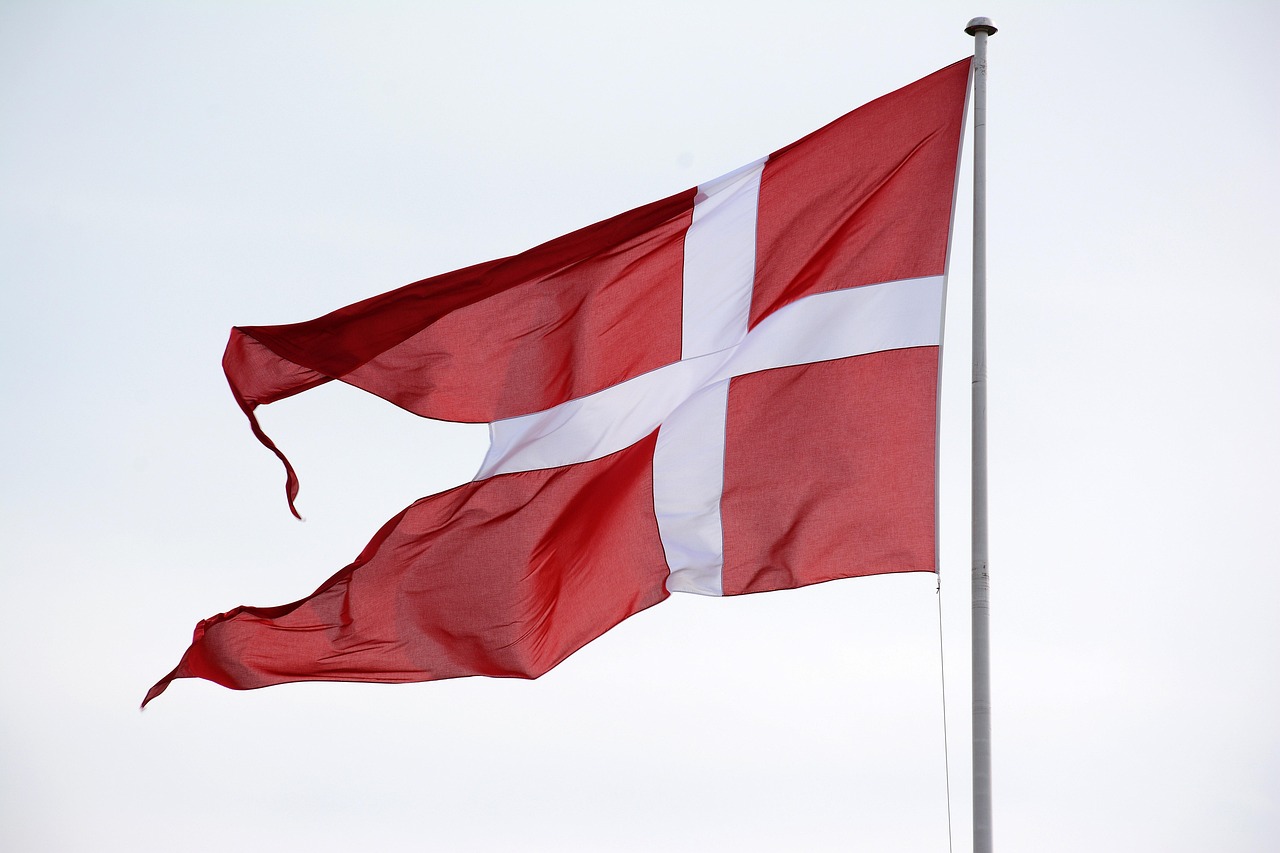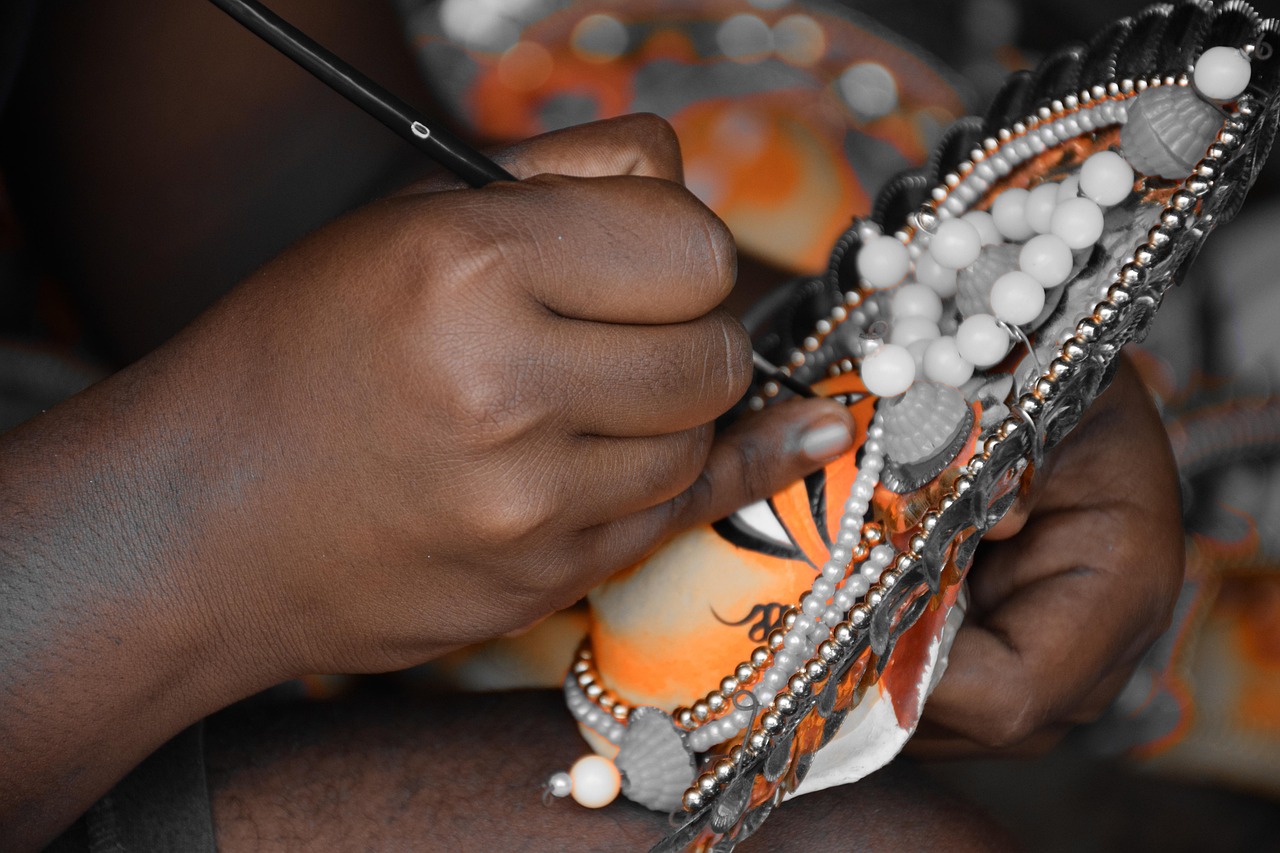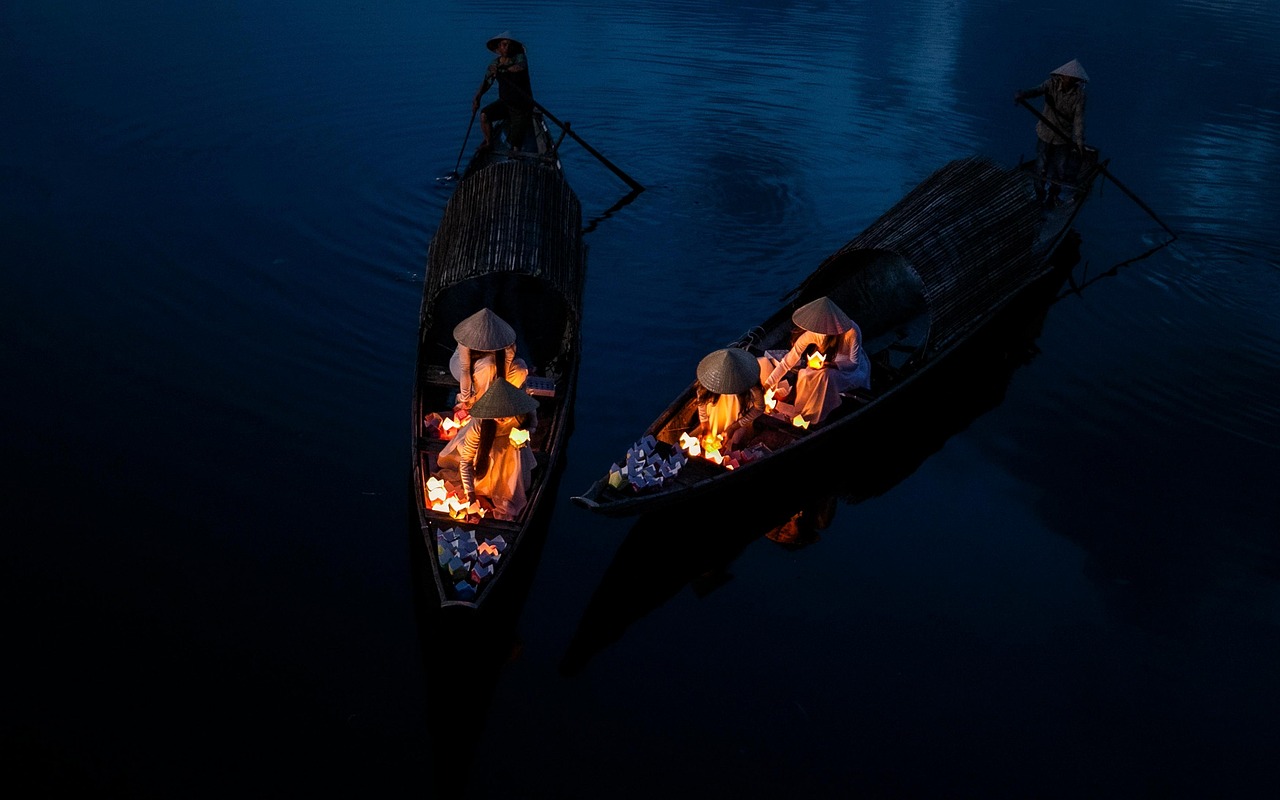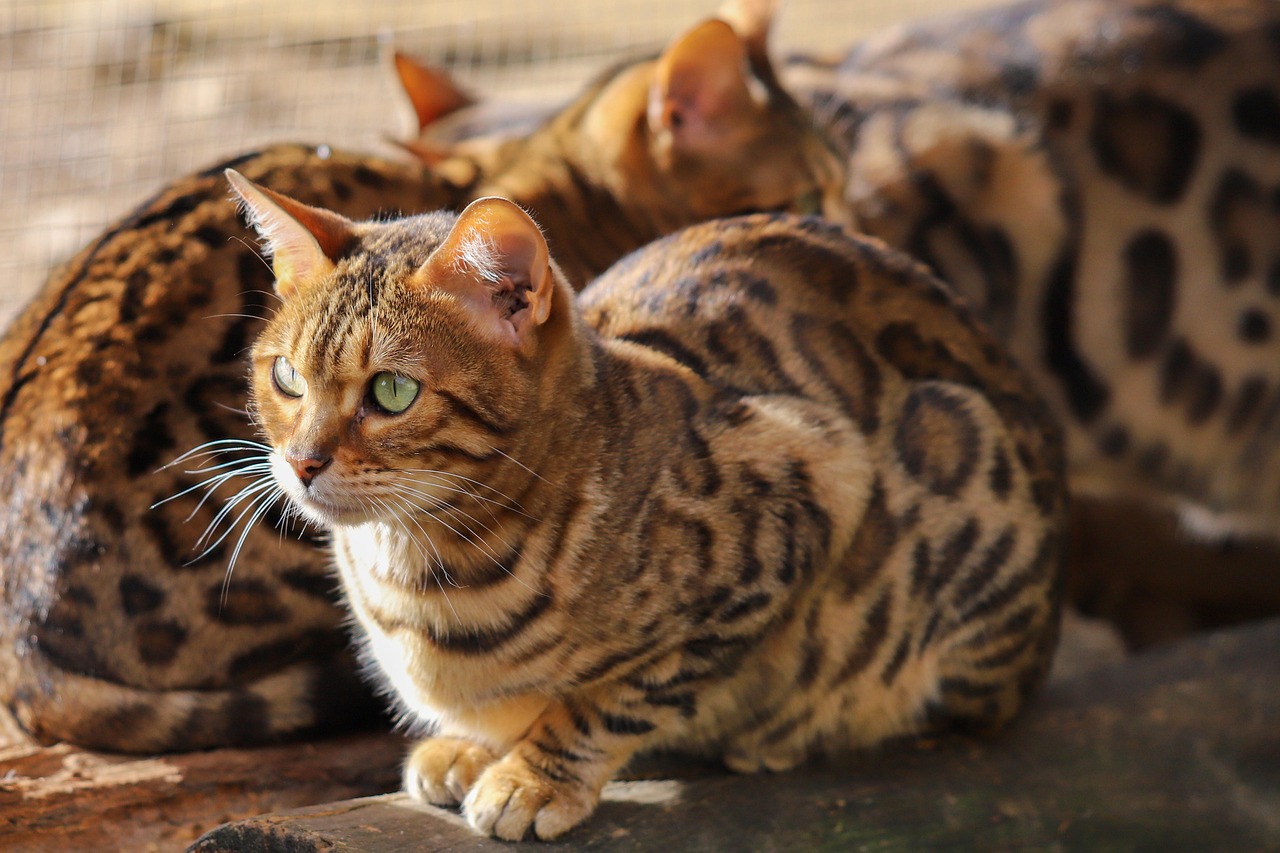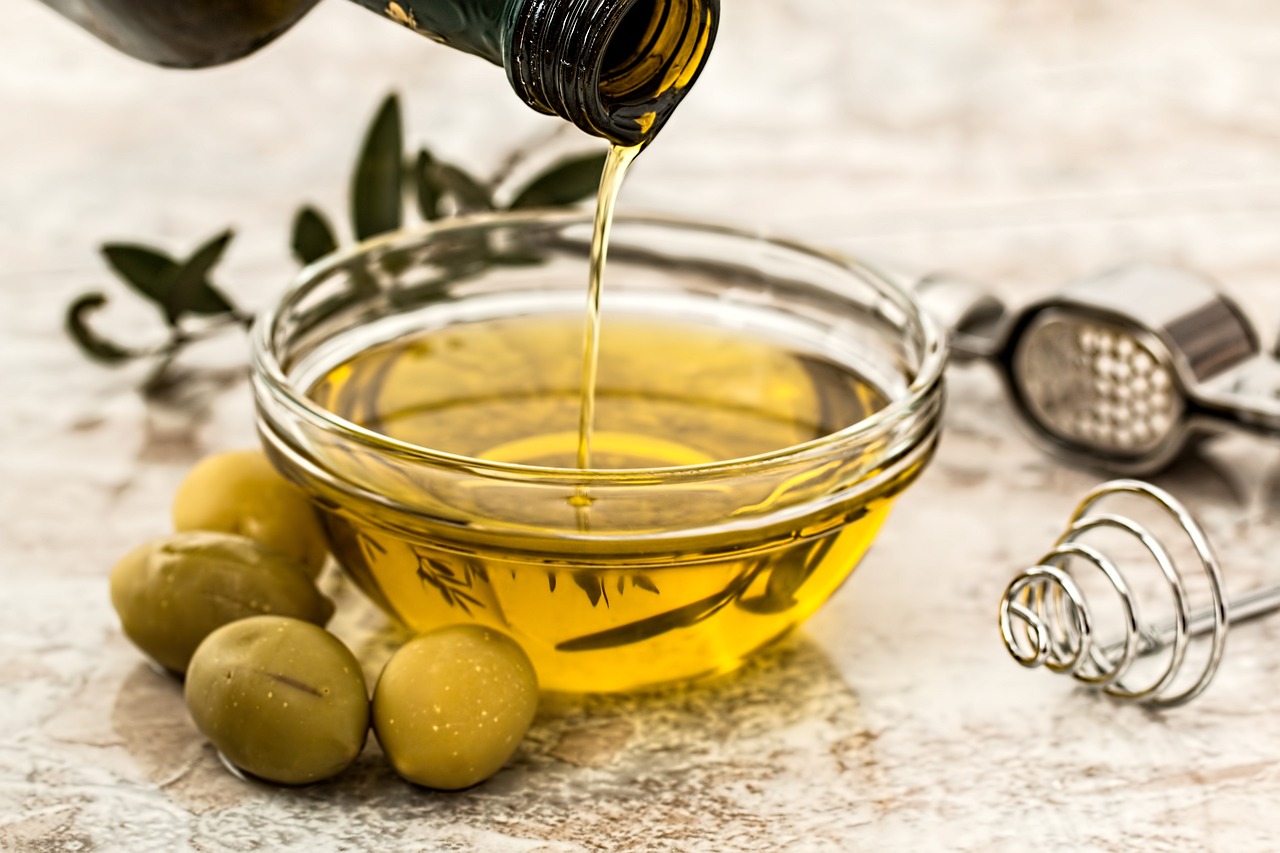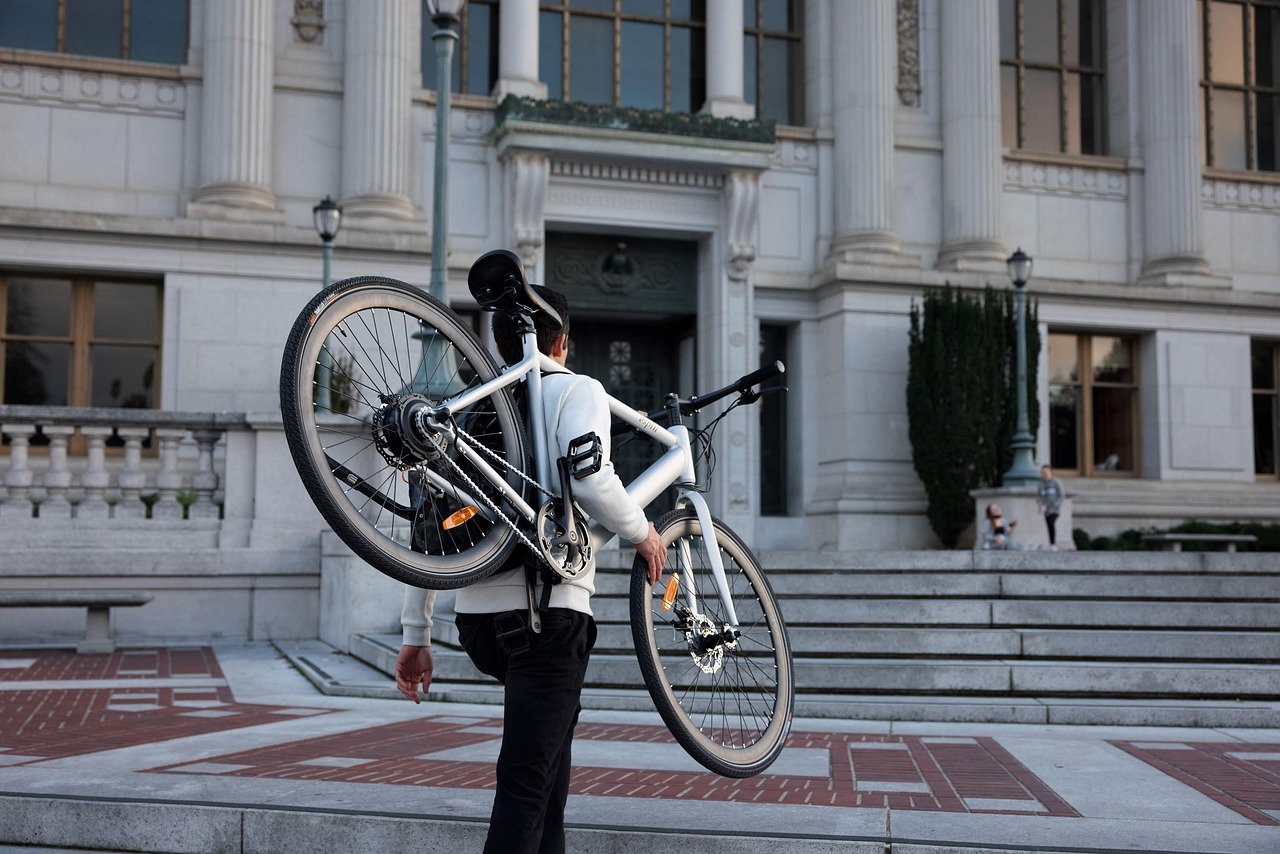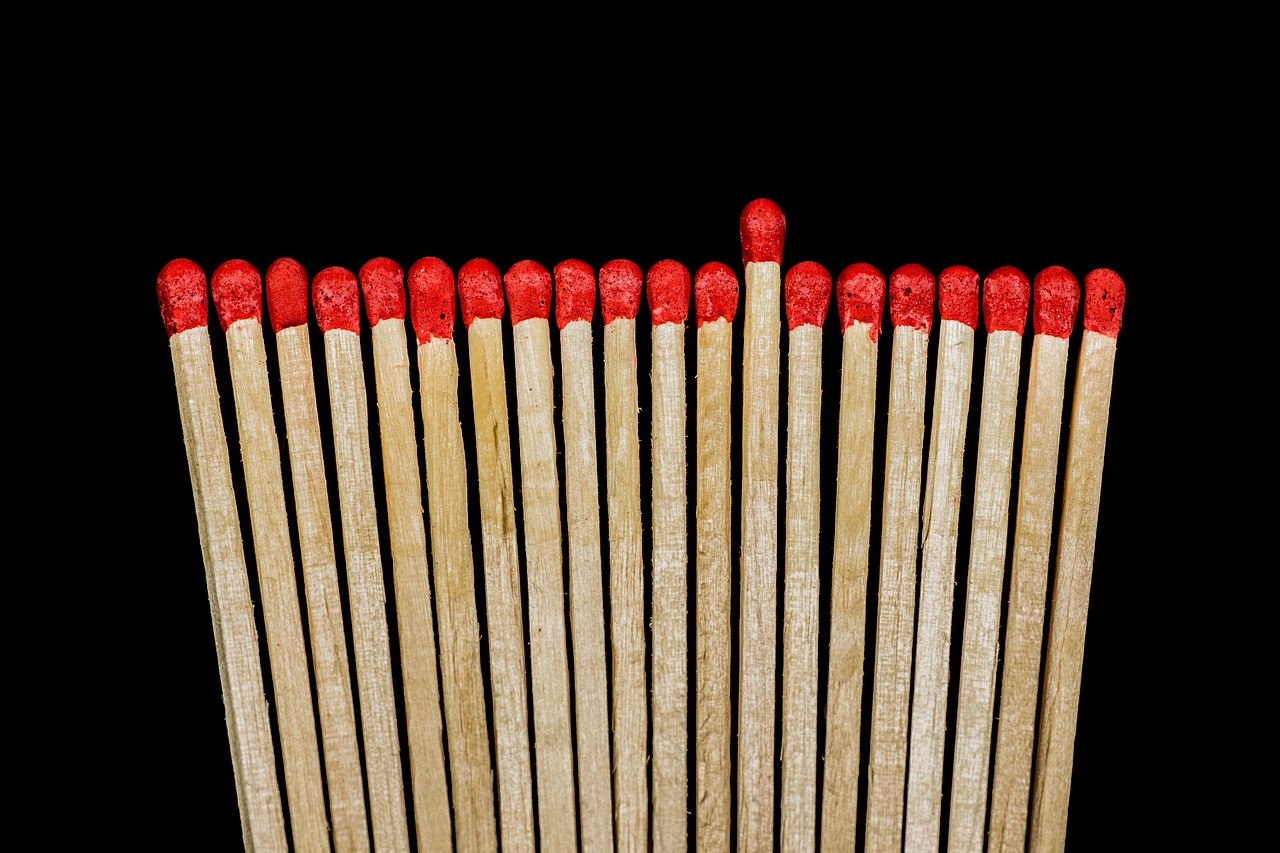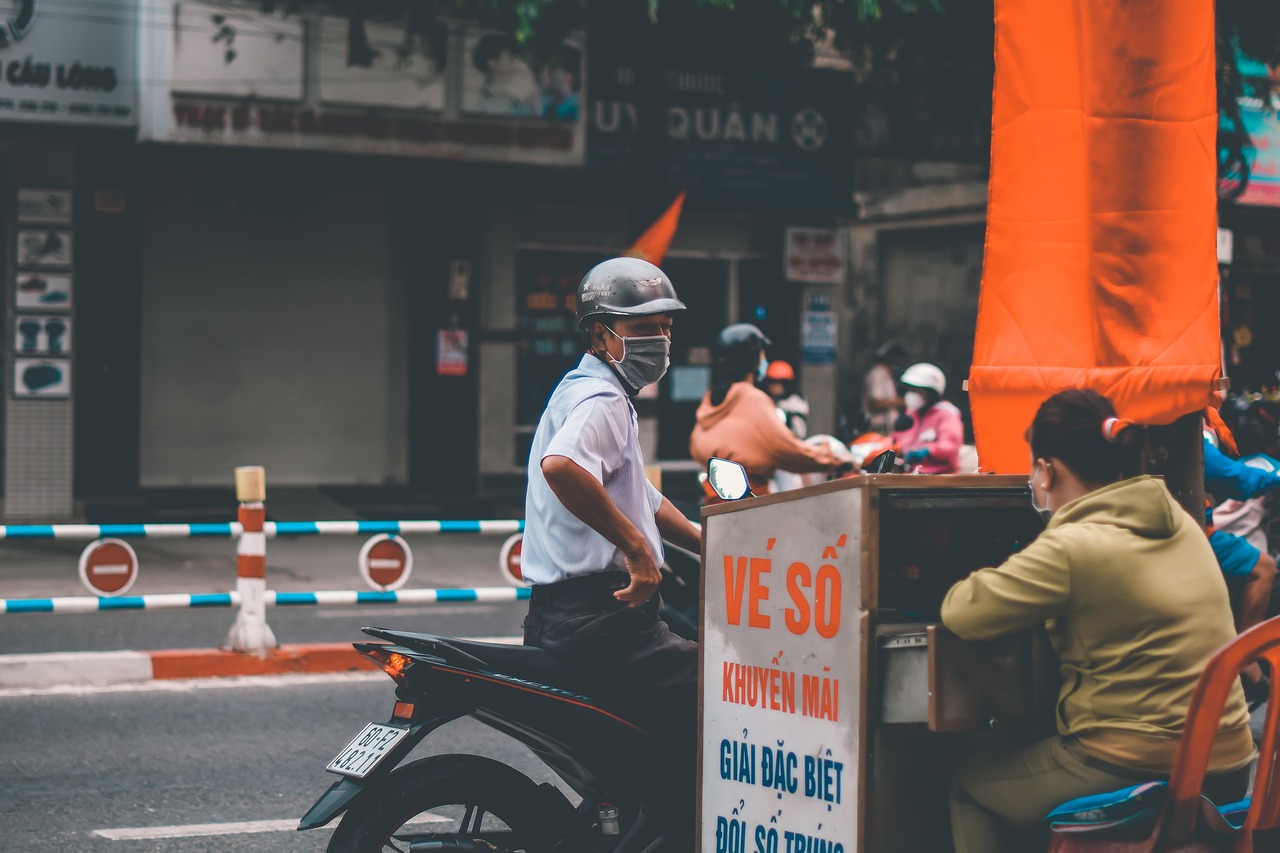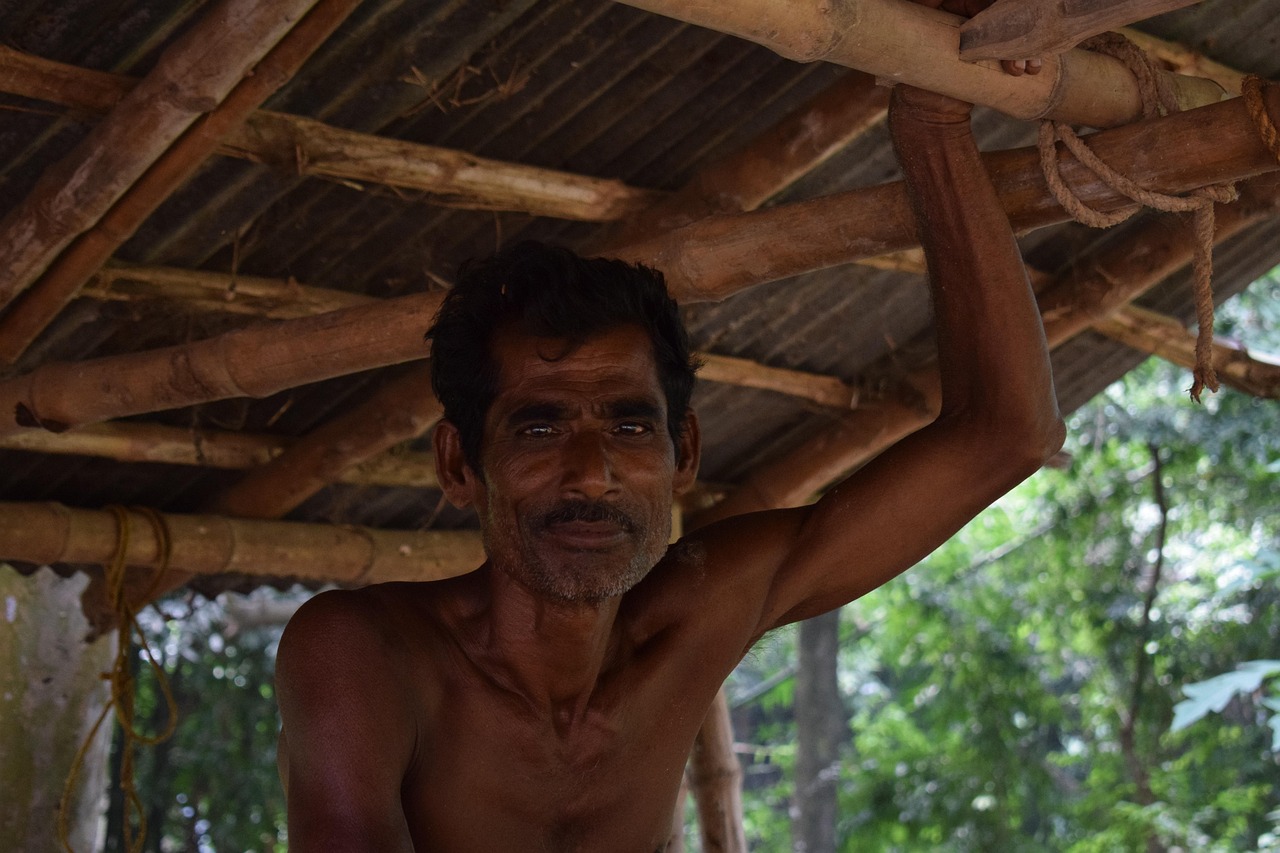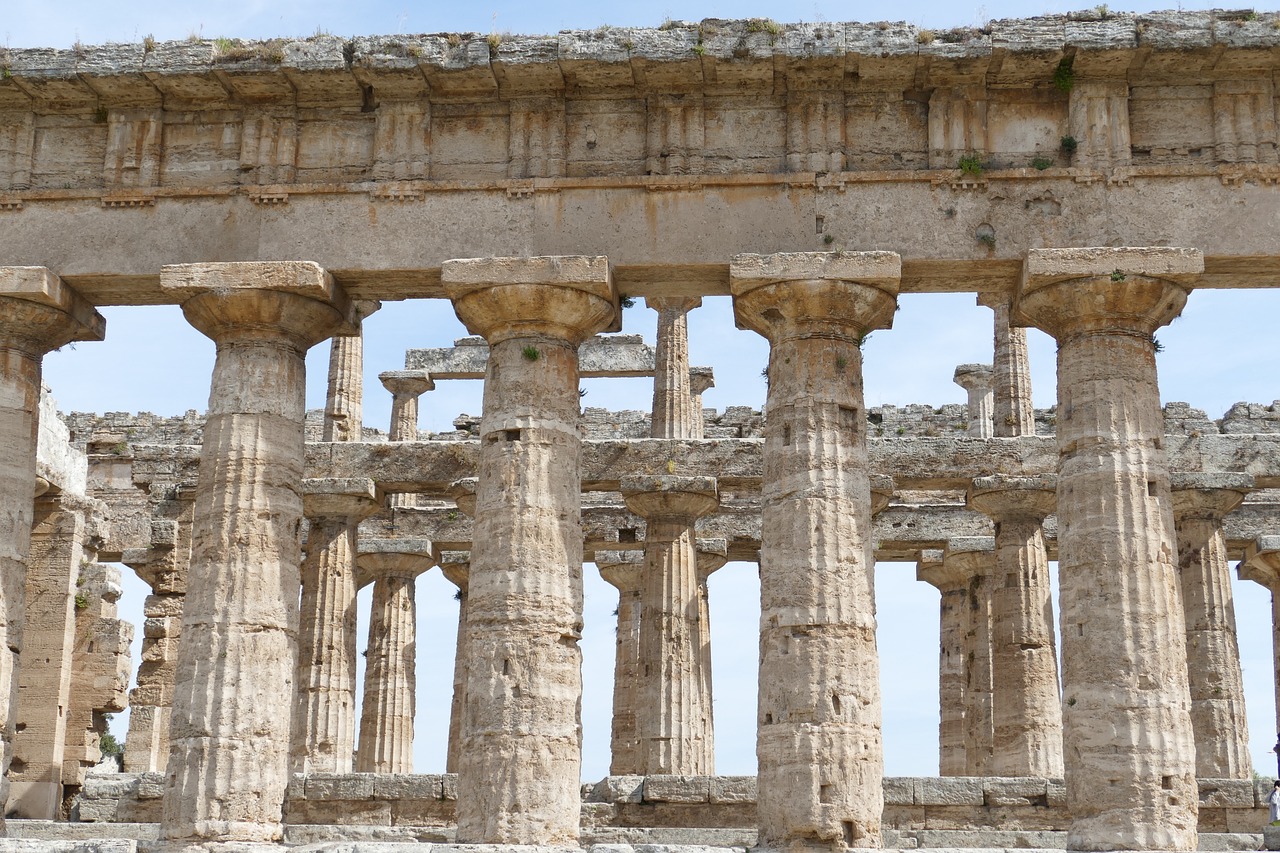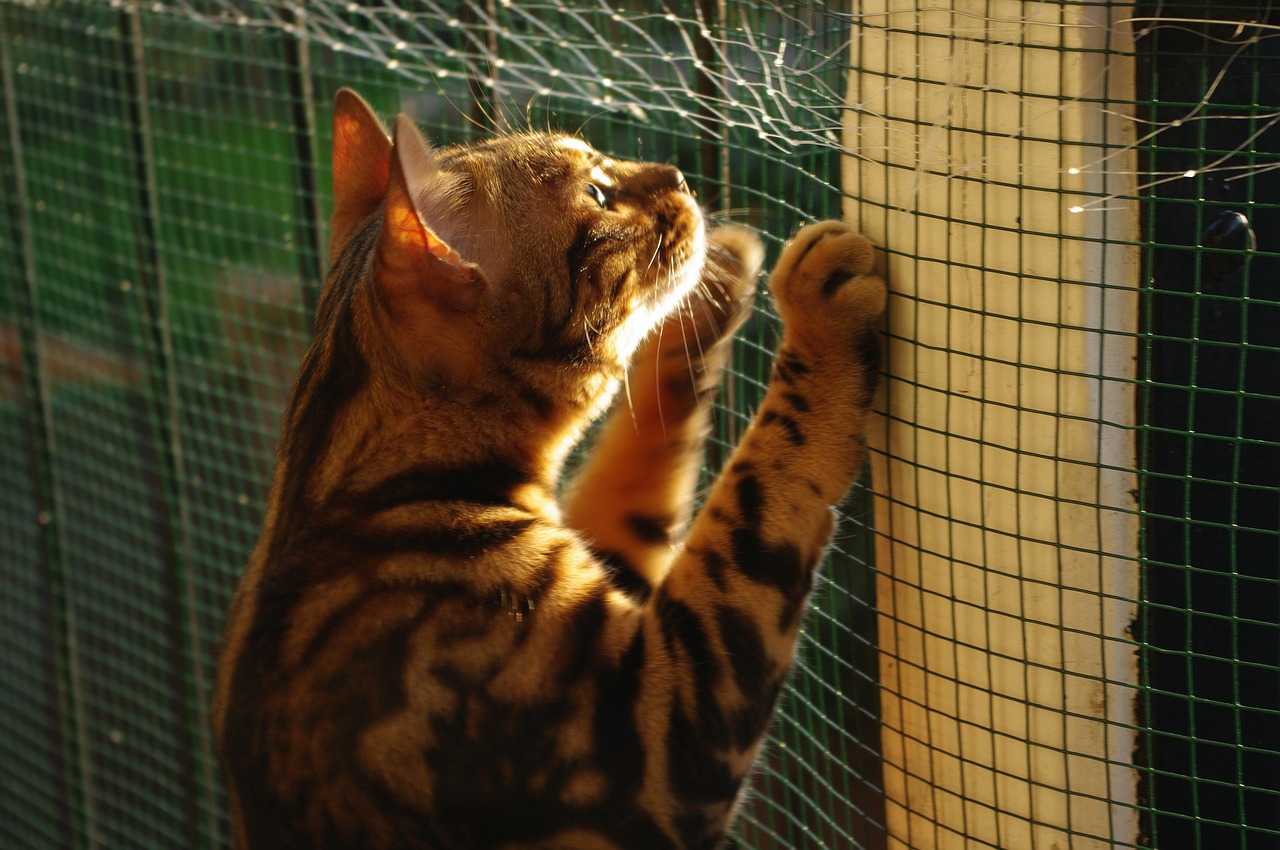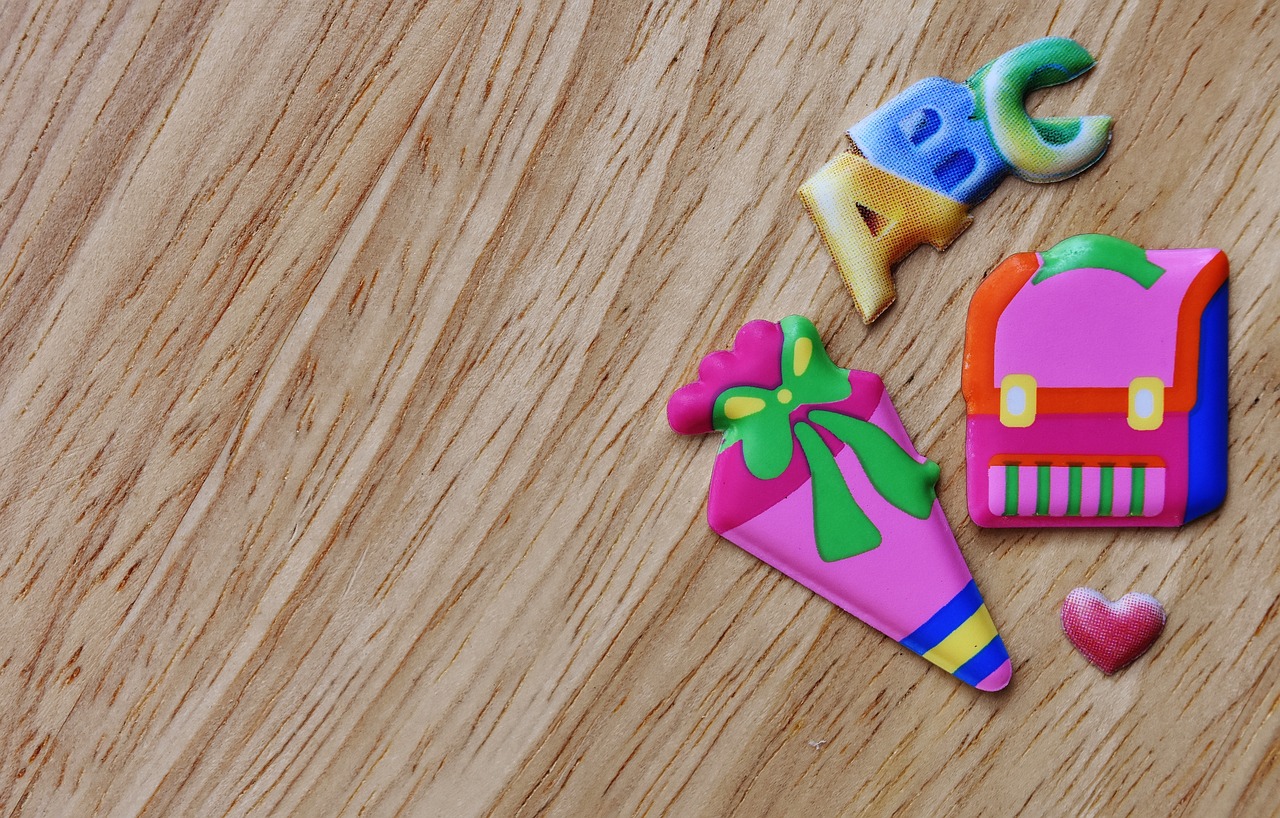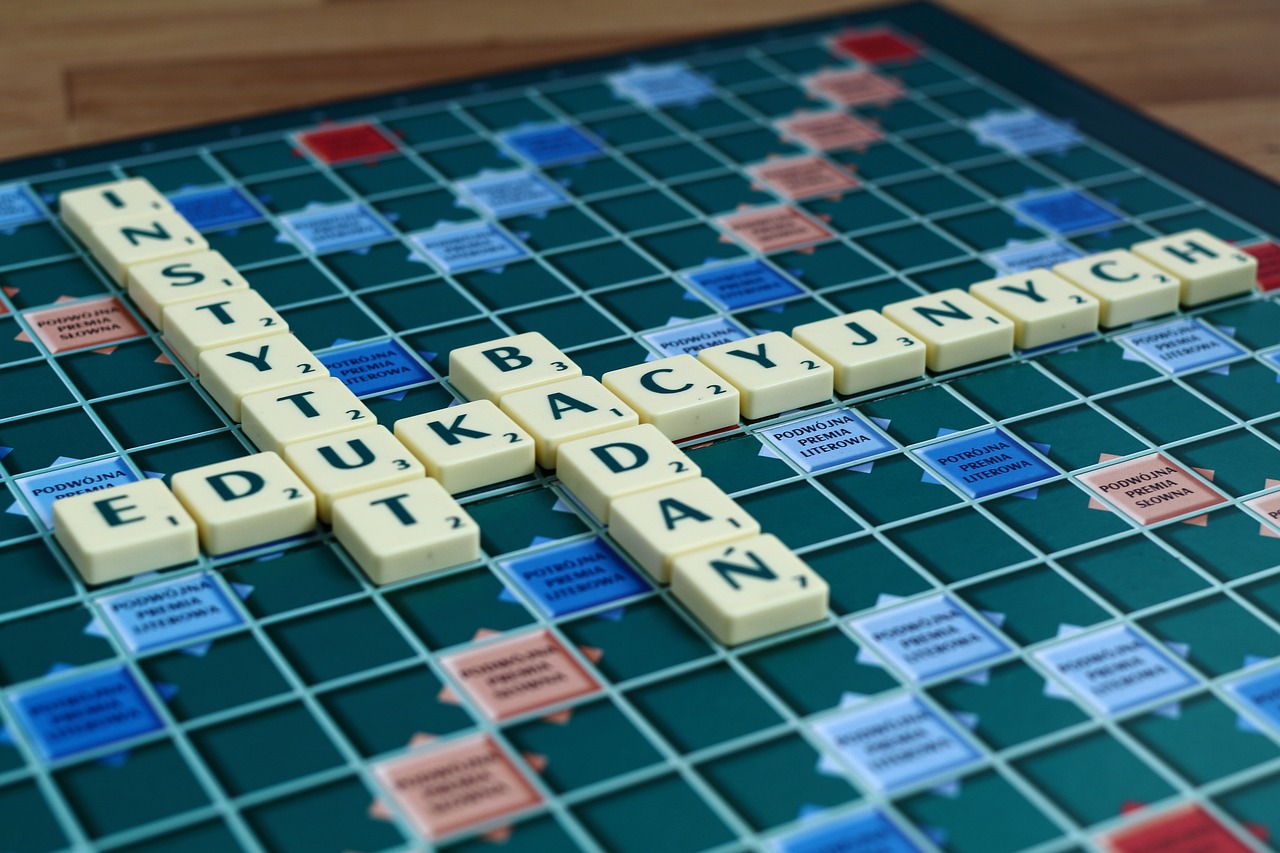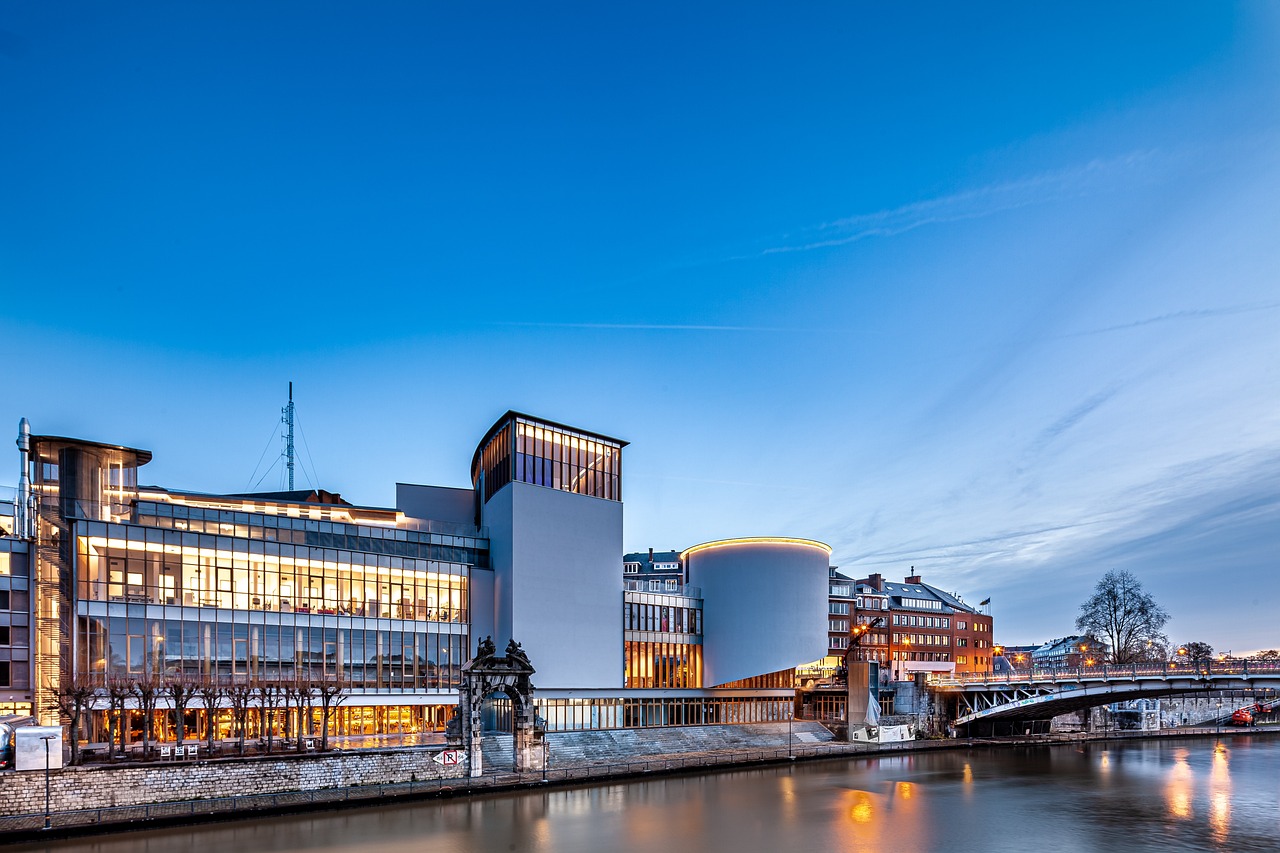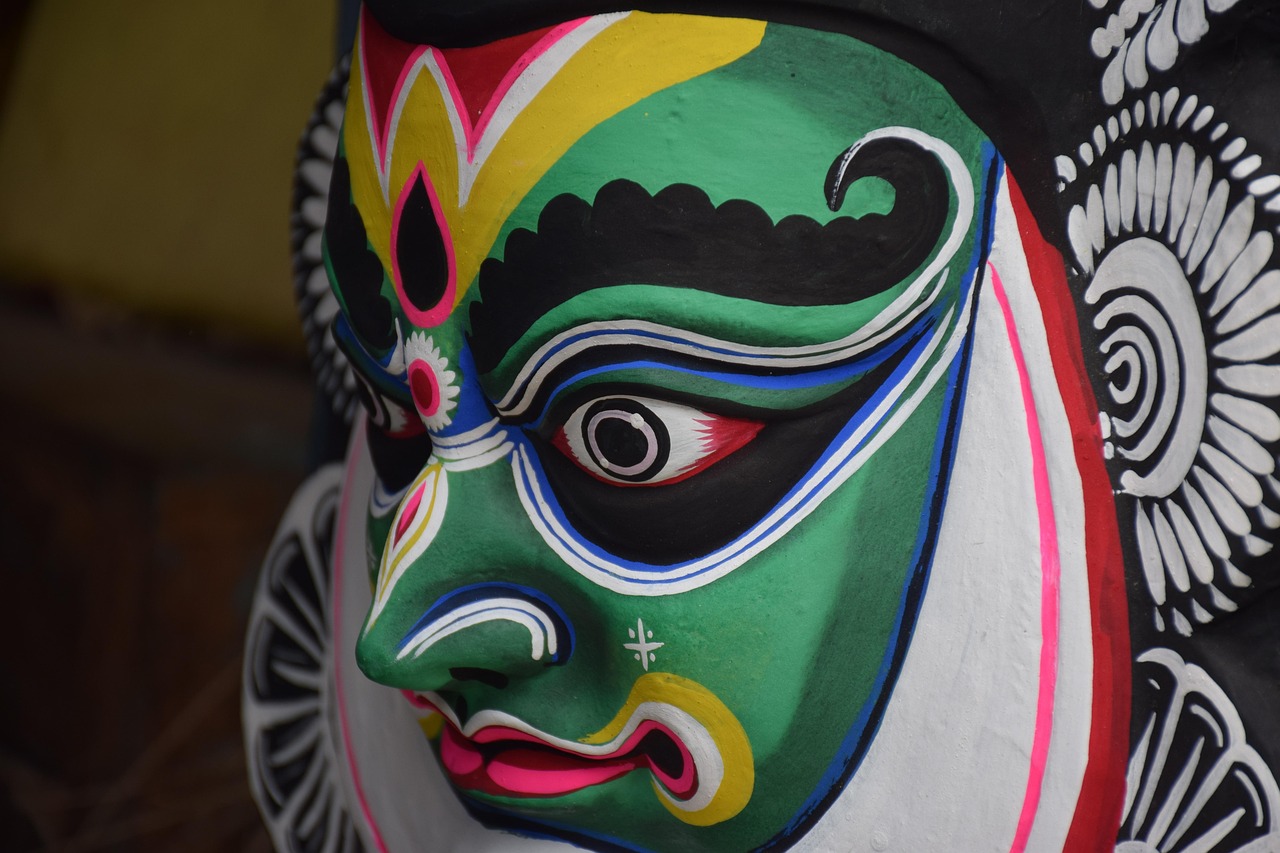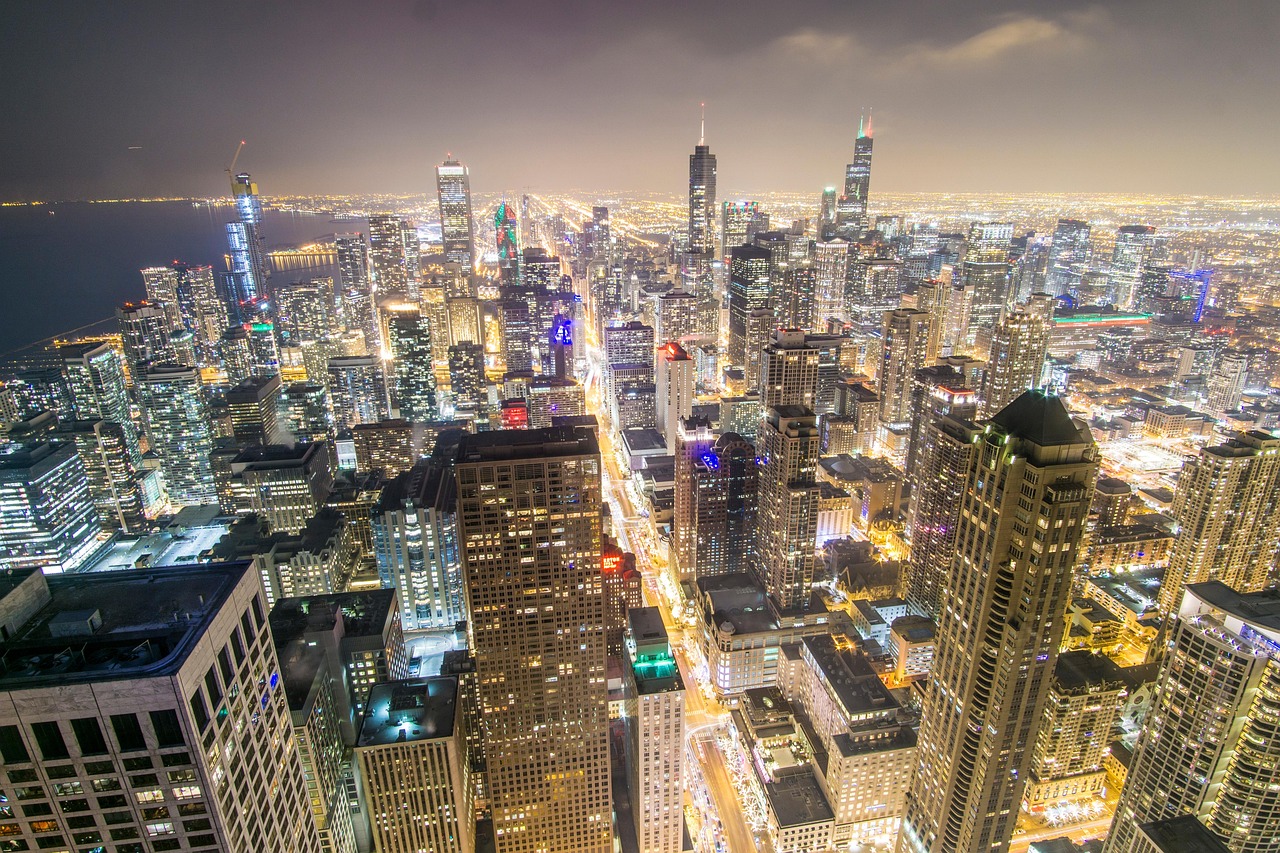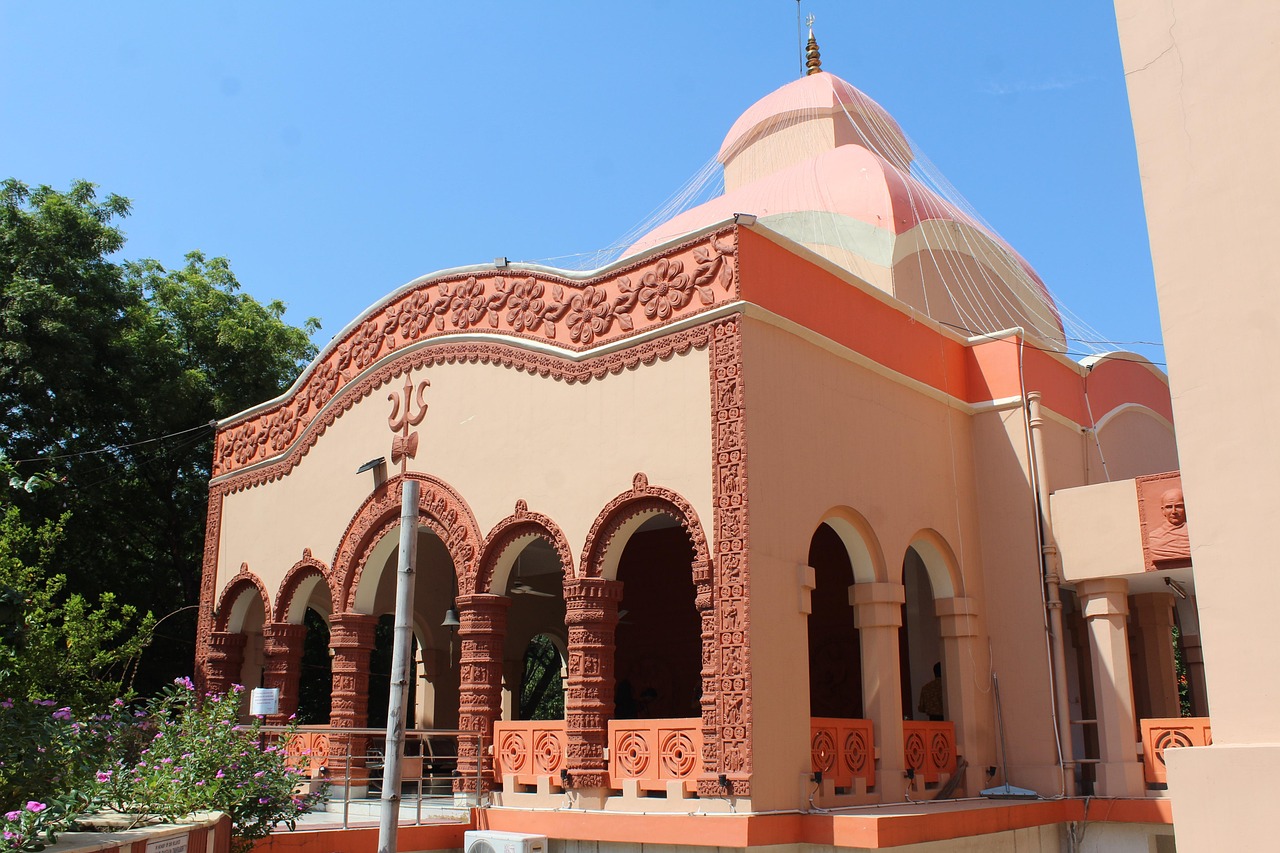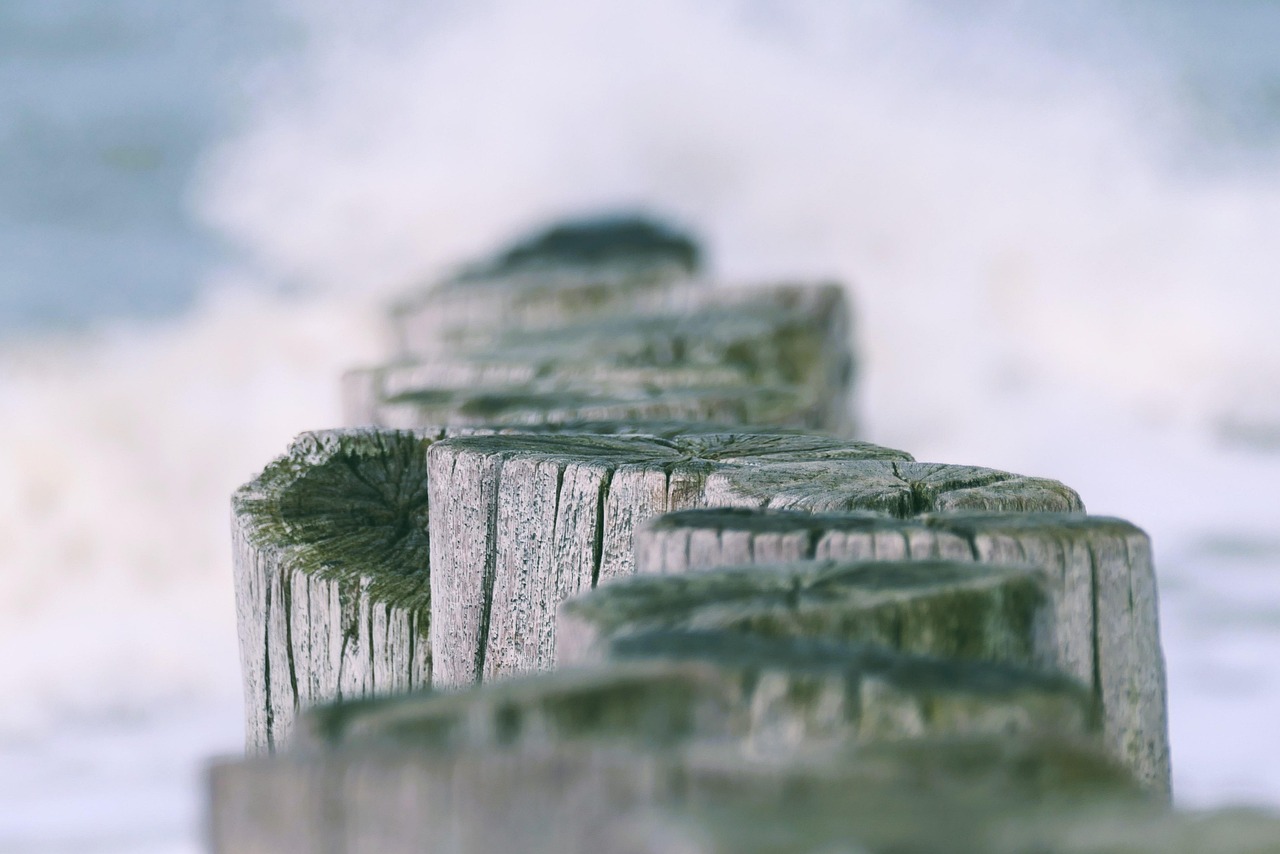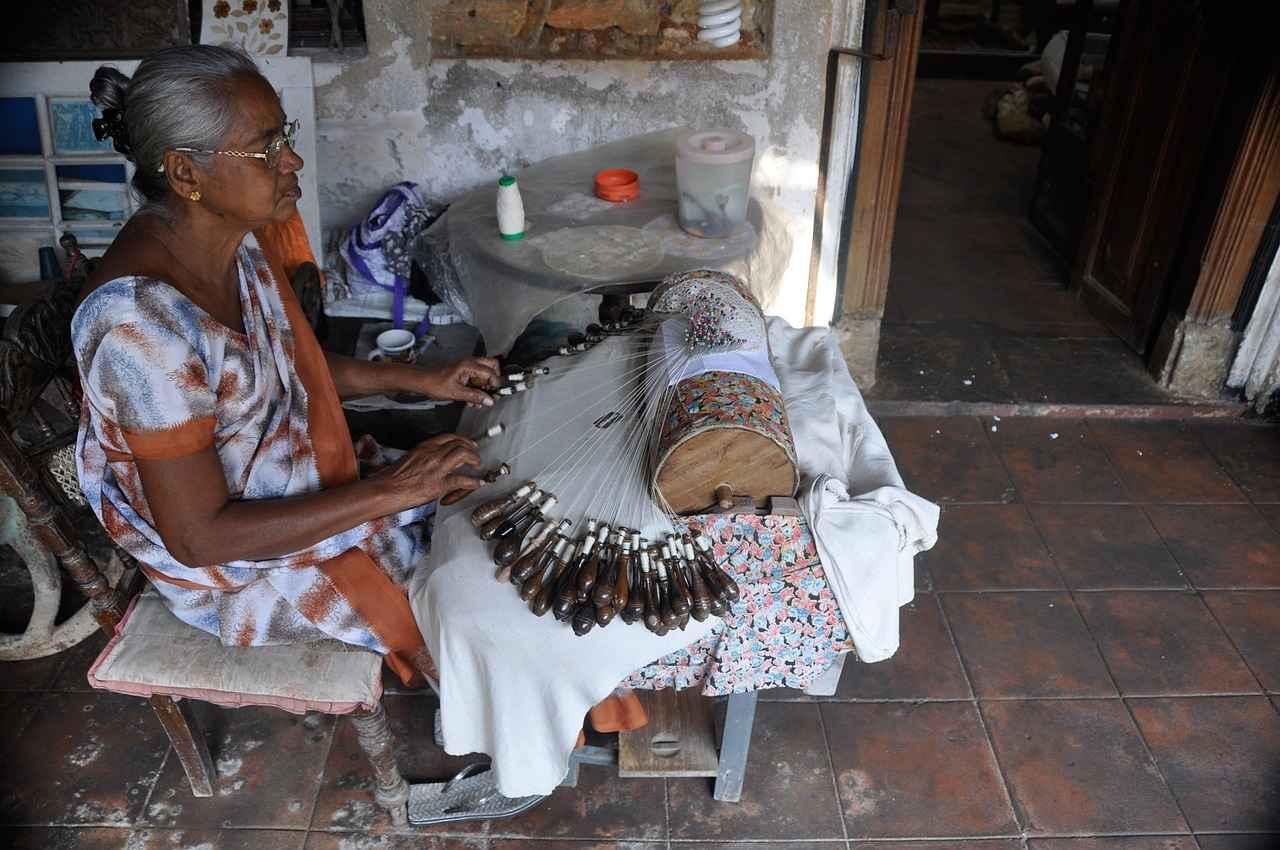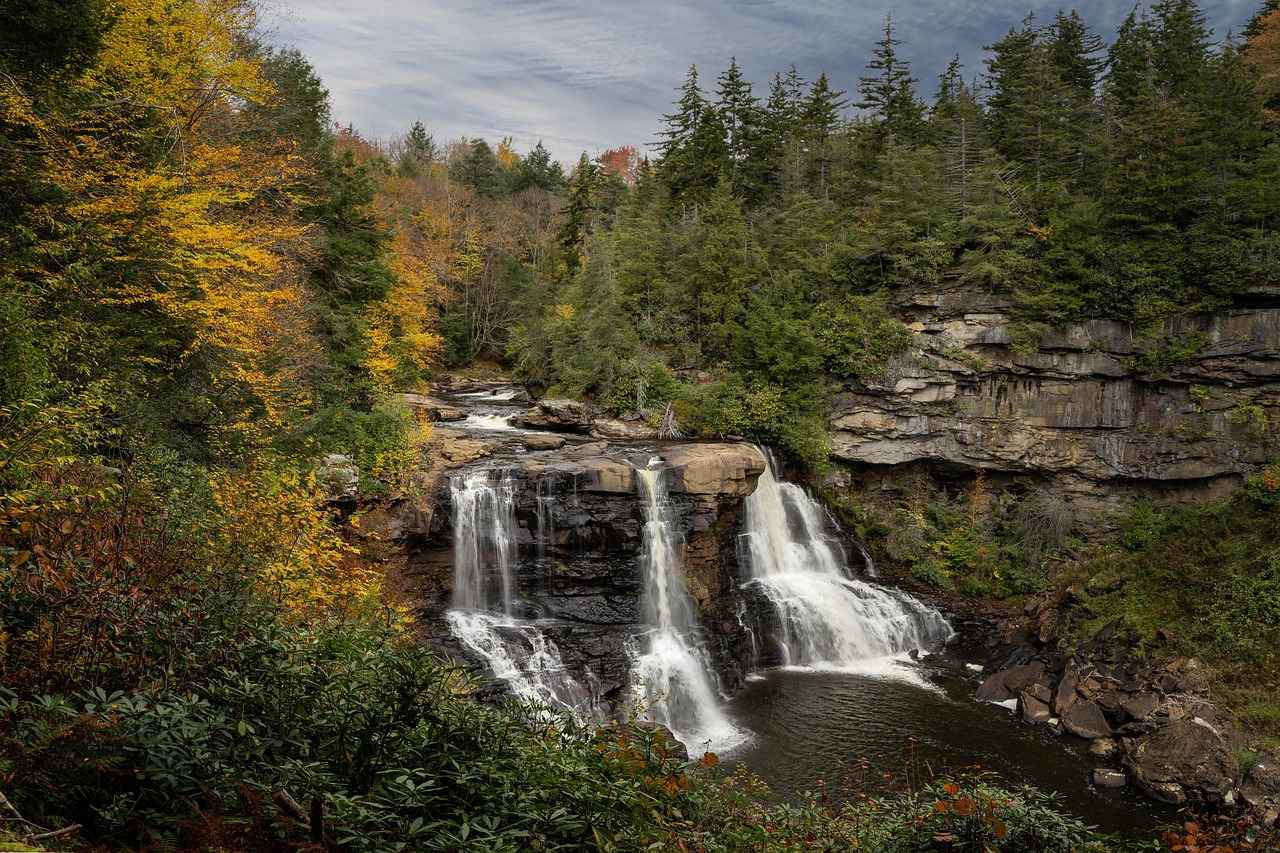This article explores the vibrant festivities of Durga Puja, detailing traditions, rituals, and celebrations in Kolkata and beyond, offering insights for both locals and visitors.
The Significance of Durga Puja
Durga Puja is a prominent Hindu festival that celebrates the victory of Goddess Durga over the buffalo demon Mahishasura, symbolizing the triumph of good over evil and marking the arrival of autumn.
Historical Background of Durga Puja
The origins of Durga Puja can be traced back to ancient Bengal, evolving over centuries into a grand celebration that reflects cultural heritage, religious devotion, and artistic expression.
- Ancient Rituals and Practices: Historically, Durga Puja involved various rituals performed by local communities, showcasing the blend of spirituality and cultural traditions that have shaped the festival over time.
- Vedic Roots and Early Celebrations: The festival’s roots can be linked to Vedic traditions, where the worship of female deities was integral, eventually leading to the establishment of Durga as a central figure in Bengali culture.
- Evolution Through the Ages: Over the years, Durga Puja has transformed, influenced by socio-political changes, adopting new customs while retaining its core spiritual significance.
Modern-Day Celebrations
Today, Durga Puja is celebrated with grandeur, involving elaborate decorations, cultural performances, and community feasts, drawing thousands of visitors and devotees.
Key Rituals of Durga Puja
- Mahalaya: The Beginning of the Festivities: Mahalaya marks the official start of Durga Puja, where devotees invoke the goddess’s presence through chants and hymns, signifying the arrival of Durga on Earth.
- Shashthi to Dashami: The Main Days: The main festivities span from Shashthi to Dashami, each day featuring specific rituals, prayers, and cultural events that culminate in the immersion of the idol.
Cultural Events During Durga Puja
Cultural programs are an integral part of Durga Puja, showcasing traditional music, dance, and art, reflecting the rich heritage and creativity of the Bengali community.
- Art and Craft Exhibitions: Durga Puja is also a celebration of art, with numerous exhibitions displaying intricate pandal designs, sculptures, and traditional crafts that highlight local artisans’ skills.
- Musical Performances and Dance: Live music and dance performances are common during the festival, featuring folk traditions and contemporary styles that engage audiences and enhance the celebratory atmosphere.
Food and Festivities: A Culinary Journey
Food plays a vital role in Durga Puja celebrations, with a variety of traditional dishes served during the festivities, showcasing the culinary diversity of West Bengal.
- Traditional Bengali Dishes: From bhog (offering food) to elaborate feasts, traditional Bengali cuisine is central to the celebrations, offering a taste of the region’s rich culinary heritage.
- Street Food and Local Delicacies: Street food stalls emerge during Durga Puja, serving popular local delicacies that add flavor and excitement to the festive atmosphere.
Conclusion: Embracing the Spirit of Durga Puja
Durga Puja is more than a festival; it is a celebration of culture, community, and spirituality. Embracing its rich traditions and vibrant festivities can create lasting memories for all participants.
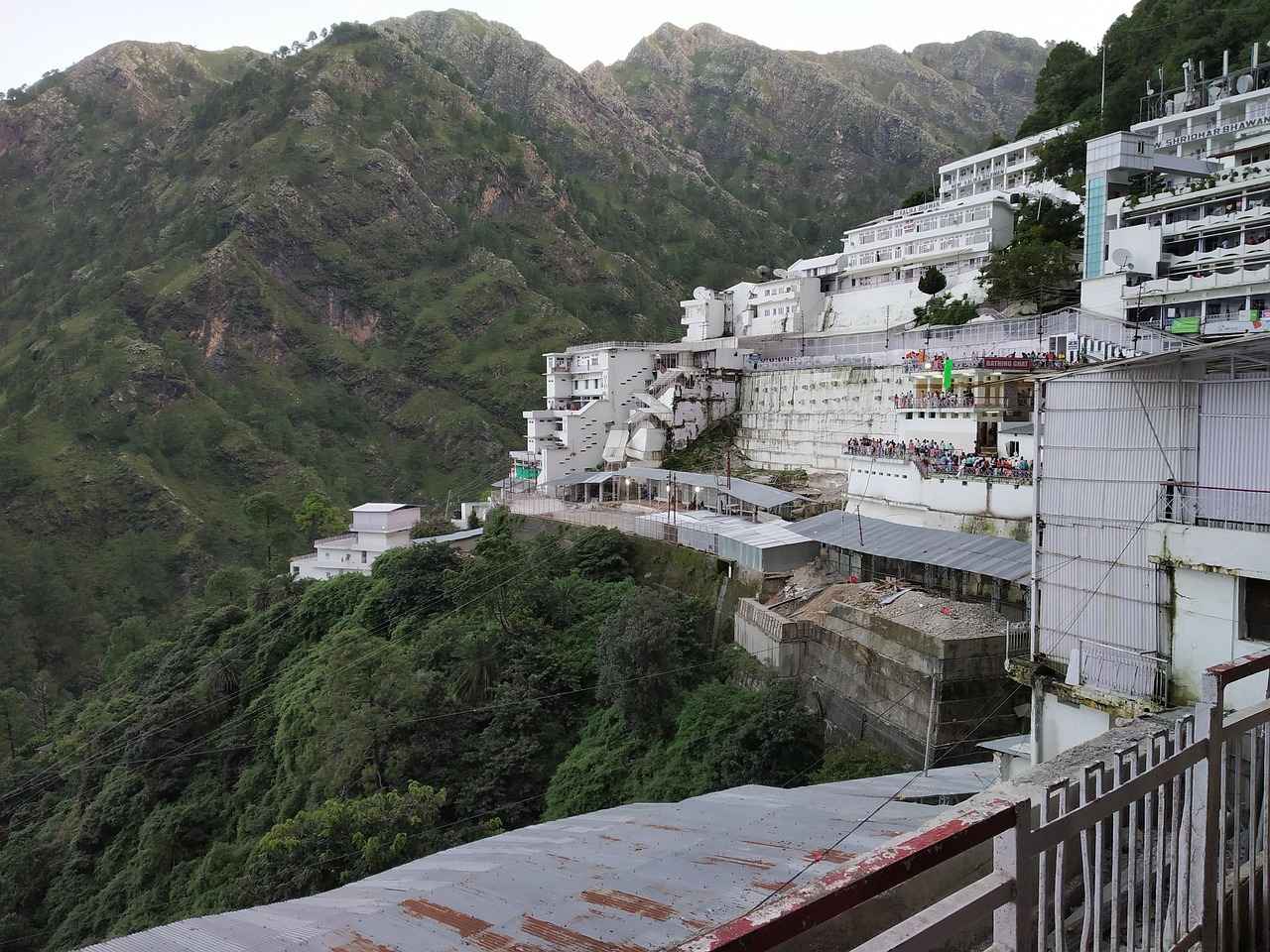
The Significance of Durga Puja
Durga Puja is not merely a festival; it is a profound celebration that resonates deeply within the hearts of millions. This vibrant occasion, primarily observed in Kolkata and across West Bengal, signifies the victory of Goddess Durga over the buffalo demon Mahishasura. This epic battle symbolizes the eternal conflict between good and evil, marking a time of renewal and the arrival of autumn.
The festival typically unfolds over several days, during which communities come together to honor the goddess through various rituals and celebrations. The significance of Durga Puja extends beyond religious observance; it serves as a unifying force that brings people together, fostering a sense of community and shared cultural identity.
In addition to its spiritual importance, Durga Puja showcases the rich cultural heritage of Bengal. The elaborate decorations, artistic pandals, and intricate idol designs reflect the creativity and craftsmanship of local artisans. Each pandal often tells a unique story, drawing inspiration from mythology, contemporary issues, or even environmental themes, making each visit a new experience.
The festival also plays a crucial role in promoting various art forms, including dance, music, and theater. Traditional performances, such as Baul music and Bengali folk dances, fill the air with energy and joy, engaging both participants and spectators alike.
Moreover, the culinary aspect of Durga Puja is equally significant. The festival is renowned for its delicious offerings, including bhog—a traditional food offering to the goddess—and a variety of mouth-watering Bengali dishes that are shared among friends and family, enhancing the spirit of togetherness.
In conclusion, Durga Puja is a multifaceted celebration that embodies the essence of Bengali culture. It is a time for reflection, gratitude, and joyous festivities that leave a lasting impression on everyone involved, making it a cherished event for generations.
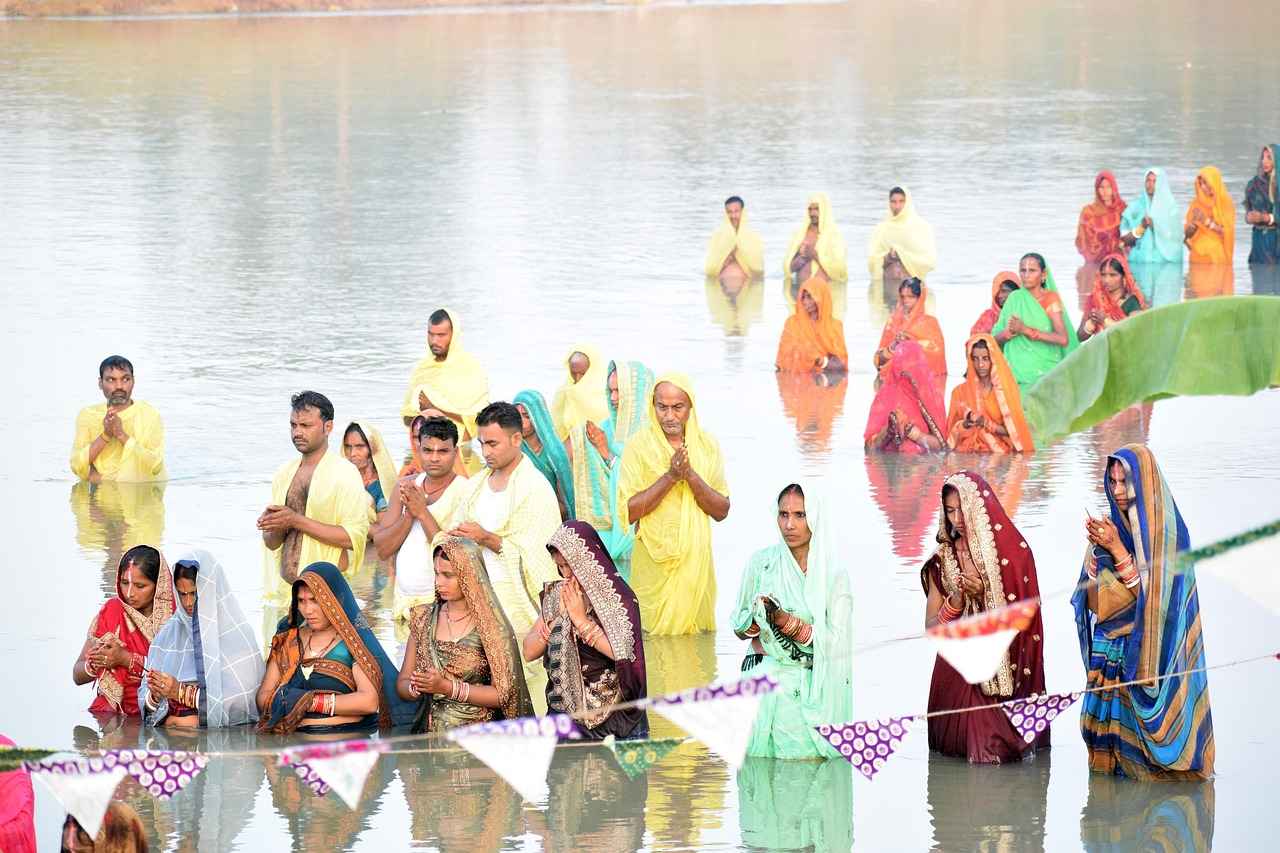
Historical Background of Durga Puja
The is a fascinating journey that reflects the deep-rooted traditions and cultural evolution of Bengal. This festival, which celebrates the divine feminine, has its origins dating back to ancient times, where it was primarily a local community event.
Initially, Durga Puja was celebrated in the form of Shakti Puja, which emphasized the worship of female deities. Over the centuries, it transformed into a grand festival, particularly in Bengal, where it gained immense popularity among the masses. The festival is believed to have gained prominence around the 16th century, when the worship of Goddess Durga became more organized and elaborate.
During the British colonial period, Durga Puja evolved further as it became a means of fostering community spirit and cultural identity among Bengalis. The affluent families began to sponsor public celebrations, leading to the establishment of community pujas that attracted large crowds. This shift not only enhanced the festival’s grandeur but also made it accessible to all, regardless of social status.
Throughout the years, the festival has absorbed various influences, adapting to changing societal norms and political climates. The artistic expression seen in the beautifully crafted idols and intricately designed pandals showcases the rich heritage and creativity of Bengali artisans.
Today, Durga Puja stands as a symbol of resilience and unity, embodying the spirit of cultural heritage and religious devotion. It is celebrated with great fervor, drawing visitors from all over the world who come to witness the vibrant festivities and partake in the rich traditions that have been passed down through generations.
In conclusion, the historical background of Durga Puja is not merely about the rituals and celebrations; it is a testament to the enduring spirit of the Bengali people, reflecting their values, beliefs, and artistic expressions.
Ancient Rituals and Practices
have played a pivotal role in shaping the vibrant celebration of Durga Puja, a festival that resonates deeply within the hearts of those in West Bengal and beyond. This section delves into the rich tapestry of rituals that have evolved over centuries, showcasing the unique blend of spirituality and cultural heritage.
Historically, Durga Puja was not merely a religious observance but a communal effort that brought together local communities. Each ritual performed during the festival reflects the deep-rooted traditions and the collective spirit of the people. The festival’s essence lies in its ability to unite individuals from diverse backgrounds, fostering a sense of belonging and shared identity.
The origins of these rituals can be traced back to ancient Bengal, where the worship of deities was an integral part of daily life. The Vedic traditions emphasized the significance of female deities, paving the way for the reverence of Goddess Durga. Over time, these rituals transformed, incorporating local customs and practices, which enriched the festival’s cultural significance.
- Community Participation: The involvement of local communities in the planning and execution of rituals has always been a hallmark of Durga Puja. From the crafting of idols to the decoration of pandals, every aspect is a collaborative effort.
- Ritual Offerings: Offerings made to the goddess, known as bhog, symbolize gratitude and devotion. These offerings often include traditional Bengali dishes, enhancing the spiritual experience.
- Symbolic Practices: Many rituals are steeped in symbolism, such as the lighting of lamps, which represents the dispelling of darkness and ignorance.
As the festival evolved, it adopted new elements while retaining its core spiritual significance. Today, the ancient rituals continue to be celebrated with the same fervor, serving as a reminder of the rich cultural heritage that defines Durga Puja.
In conclusion, the of Durga Puja not only highlight the festival’s spiritual dimensions but also reflect the vibrant cultural landscape of Bengal. They are a testament to the enduring legacy of community, devotion, and artistic expression that the festival embodies.
Vedic Roots and Early Celebrations
The Durga Puja festival, deeply embedded in the cultural fabric of Bengal, can trace its origins back to the ancient Vedic traditions. These traditions emphasized the reverence for female deities, which played a crucial role in the spiritual lives of the people. The worship of goddesses such as Saraswati and Lakshmi laid the groundwork for the eventual emergence of Goddess Durga as a central figure in Bengali spirituality and culture.
In the Vedic period, rituals dedicated to female deities were conducted to honor their power and influence over various aspects of life. These early practices were characterized by offerings and invocations aimed at seeking blessings for prosperity, health, and protection. As the worship evolved, the goddess Durga became synonymous with strength and the triumph of good over evil, particularly illustrated through her legendary battle against the buffalo demon Mahishasura.
Over the centuries, the celebration of Durga Puja transformed significantly. Initially a local affair, it gradually gained prominence as communities began to organize larger gatherings and rituals. This evolution was influenced by socio-political changes, including the rise of the Brahminical order and the integration of various cultural elements from neighboring regions.
By the time of the Bengal Renaissance in the 19th century, Durga Puja had become a grand public festival. Wealthy families sponsored elaborate rituals, and the festival began to incorporate artistic expressions, including traditional music and dances, which enriched the overall experience. The intricate decorations of pandals (temporary structures) and the artistic representation of the goddess became hallmarks of the celebration, showcasing the creativity and devotion of the community.
Today, Durga Puja stands as a testament to the enduring legacy of Vedic traditions, uniting people in a festive spirit that honors the divine feminine. The festival not only celebrates the victory of good over evil but also reinforces cultural identity and community bonds among the people of Bengal.
Evolution Through the Ages
is a fascinating aspect of cultural celebrations, particularly evident in festivals like Durga Puja. Over the years, this festival has undergone significant transformations, influenced by various socio-political changes while retaining its core spiritual essence. Understanding this evolution provides insight into how traditions adapt and thrive in contemporary society.
Initially, Durga Puja was a local community event, deeply rooted in the worship of Goddess Durga, symbolizing the victory of good over evil. However, as Bengal’s socio-political landscape changed, particularly during the British colonial era, the festival began to evolve. It transformed from a modest celebration into a grand public spectacle, reflecting the aspirations and unity of the Bengali people.
Today, Durga Puja is celebrated with unparalleled grandeur, featuring elaborate pandals (temporary structures) and artistic displays that attract visitors from around the globe. This evolution is evident in the incorporation of modern themes and technologies into the festival, such as innovative lighting and sound systems that enhance the overall experience.
Moreover, the festival has embraced new customs and practices. For instance, the inclusion of cultural performances, art exhibitions, and community feasts has enriched the celebration, making it a vibrant showcase of Bengali culture. These elements not only honor traditional practices but also invite younger generations to engage with their heritage in meaningful ways.
Despite these changes, the spiritual significance of Durga Puja remains intact. The rituals and prayers performed during the festival continue to connect devotees with their faith, ensuring that the essence of the celebration is preserved even amidst modernization. This balance between tradition and innovation is what makes Durga Puja a unique and enduring festival.
In conclusion, the evolution of Durga Puja through the ages illustrates how cultural practices can adapt while maintaining their core values. This dynamic nature of the festival ensures its relevance and vitality in today’s world, making it a cherished event for both locals and visitors alike.
Modern-Day Celebrations
In the vibrant landscape of contemporary India, Durga Puja stands out as one of the most eagerly anticipated festivals. Celebrated primarily in Kolkata and across West Bengal, this festival has evolved into a spectacular event that attracts thousands of visitors from around the globe. The modern-day celebrations are characterized by a blend of tradition and innovation, making it a unique experience for both locals and tourists.
The festivities typically commence with Mahalaya, a day when devotees invoke the goddess through soulful chants and hymns, heralding her arrival. As the days progress, the city transforms into a hub of artistic expression and cultural performances. Elaborate decorations adorn the pandals, showcasing themes that often reflect social issues or historical narratives, thereby engaging the community in meaningful dialogues.
Throughout the festival, cultural programs play a pivotal role. These events feature a range of artistic performances, including traditional music, dance, and theatrical presentations, celebrating the rich cultural heritage of Bengal. Local artists and performers come together to create a vibrant atmosphere that captivates audiences, ensuring that the spirit of the festival is felt by all.
Food also takes center stage during Durga Puja. From the sacred bhog (offering) to extravagant feasts, the culinary diversity of West Bengal is on full display. Street food stalls pop up around every corner, offering local delicacies that enhance the festive experience. Visitors can indulge in a variety of flavors, from puchka (pani puri) to mishti (sweets), making the festival not just a visual delight but also a gastronomic adventure.
As the festival culminates on Dashami, the immersion ceremony serves as a poignant reminder of the cycle of life and the goddess’s return to her celestial abode. The emotional farewells are a testament to the deep connection that the community shares with the festival.
In summary, modern-day Durga Puja is a vibrant celebration that encapsulates the essence of Bengali culture, community, and spirituality. The grand festivities, rich traditions, and culinary delights create a memorable experience for all who participate.

Key Rituals of Durga Puja
are essential to understanding the depth and richness of this vibrant festival. Each ritual is steeped in symbolism and serves a distinct purpose, creating a tapestry of cultural and spiritual significance that unfolds over the course of several days.
The rituals not only celebrate the victory of Goddess Durga over evil but also foster a sense of community and devotion among participants. Here is a closer look at some of the key rituals that define the Durga Puja experience:
- Mahalaya: This marks the beginning of the festivities. Devotees recite mantras and hymns to invoke the goddess, welcoming her presence to Earth. It is a day of remembrance and spiritual preparation.
- Shashthi: The sixth day is when the idol of Durga is unveiled. Rituals commence with the Bodhon ceremony, symbolizing the goddess’s arrival. Offerings are made, and prayers are recited to seek her blessings.
- Saptami: On this day, the pran pratishtha ritual is performed, where life is infused into the idol. This is followed by the anjali ceremony, where devotees offer flowers and prayers.
- Ashtami: This is perhaps the most significant day, featuring the Sandhi Puja, performed at the juncture of Ashtami and Navami. This ritual symbolizes the fierce battle between Durga and Mahishasura.
- Navami: The last day of the main rituals, dedicated to the worship of the goddess. Devotees engage in bhog offerings and community meals, reflecting the spirit of togetherness.
- Dashami: The culmination of the festival, where the idol is immersed in water, symbolizing the goddess’s return to her celestial abode. This ritual signifies both an end and a new beginning.
Each of these rituals is a vital thread in the fabric of Durga Puja, embodying the essence of faith, culture, and community spirit. The meticulous execution of these ceremonies not only honors the goddess but also strengthens the bonds among participants, making Durga Puja a truly unifying experience.
Mahalaya: The Beginning of the Festivities
Mahalaya is a significant occasion that heralds the commencement of the grand festival of Durga Puja. This day is deeply rooted in tradition and spirituality, marking the moment when devotees across Bengal and beyond invoke the presence of Goddess Durga. The rituals performed during Mahalaya are not merely ceremonial; they embody a heartfelt plea for the goddess to descend upon Earth to vanquish evil and restore cosmic balance.
On this auspicious day, devotees wake up early to engage in a series of rituals that include chanting sacred hymns and reciting verses from the Chandi Path. These hymns are powerful invocations that call upon the goddess, inviting her to bless the land and its people. The atmosphere is charged with devotion as families come together, often playing recordings of traditional Mahishasura Mardini songs that recount the goddess’s fierce battle against the buffalo demon, Mahishasura.
The rituals of Mahalaya also involve the symbolic offering of tarpan, a rite performed to pay homage to ancestors. This act of remembrance is intertwined with the festivities, emphasizing the connection between the past and the present. As the sun rises, the sound of conch shells and the fragrance of incense fill the air, creating a serene and spiritual ambiance.
Furthermore, Mahalaya signifies the transition from the Pitru Paksha (the fortnight dedicated to honoring deceased ancestors) to the joyous celebrations of Durga Puja. It is believed that on this day, the goddess descends from her heavenly abode, ready to bless her devotees with peace and prosperity. The excitement builds as communities begin preparing for the elaborate decorations, cultural performances, and the iconic idol immersions that characterize the festival.
In conclusion, Mahalaya is not just the beginning of Durga Puja; it is a profound expression of faith, community bonding, and cultural heritage. As devotees across the region come together to celebrate, the spirit of the festival is felt in every corner of Bengal, setting the stage for the vibrant days to follow.
Shashthi to Dashami: The Main Days
The Durga Puja festivities unfold over a series of vibrant days, each rich with its own unique rituals and cultural significance. From Shashthi to Dashami, the atmosphere is filled with devotion, joy, and artistic expression, culminating in the grand immersion of the goddess’s idol into water bodies, symbolizing her return to her celestial abode.
- Shashthi: This day marks the official commencement of the festival. Rituals begin with the unveiling of the idol, and devotees perform prayers to invoke the goddess’s presence. The mood shifts into a festive spirit as families come together to celebrate.
- Shaptami: On this day, the main rituals commence, including the Bodhon ceremony, where the goddess is welcomed with offerings and prayers. The atmosphere is charged with excitement as cultural events and performances begin.
- Ashtami: Considered the most significant day of the festival, Ashtami is marked by the Sandhi Puja, a special ritual performed at the juncture of Ashtami and Navami. Devotees engage in fasting and offer bhog to the goddess, seeking her blessings.
- Navami: The celebrations continue with grand feasts and cultural performances. This day often features the Navami Homa, a fire ritual symbolizing purification and devotion.
- Dashami: The final day of the festival signifies the immersion of the idol. This poignant moment is filled with emotions as devotees bid farewell to the goddess, marking the end of the festivities with a promise to welcome her again next year.
Throughout these days, the streets of Kolkata and other parts of West Bengal come alive with music, dance, and vibrant decorations, showcasing the rich cultural tapestry of the region. The unity and communal spirit displayed during these days reflect the essence of Durga Puja, making it a truly unforgettable experience for both locals and visitors.
In conclusion, the days from Shashthi to Dashami encapsulate the heart and soul of Durga Puja, celebrating the triumph of good over evil through a blend of spirituality, culture, and community.
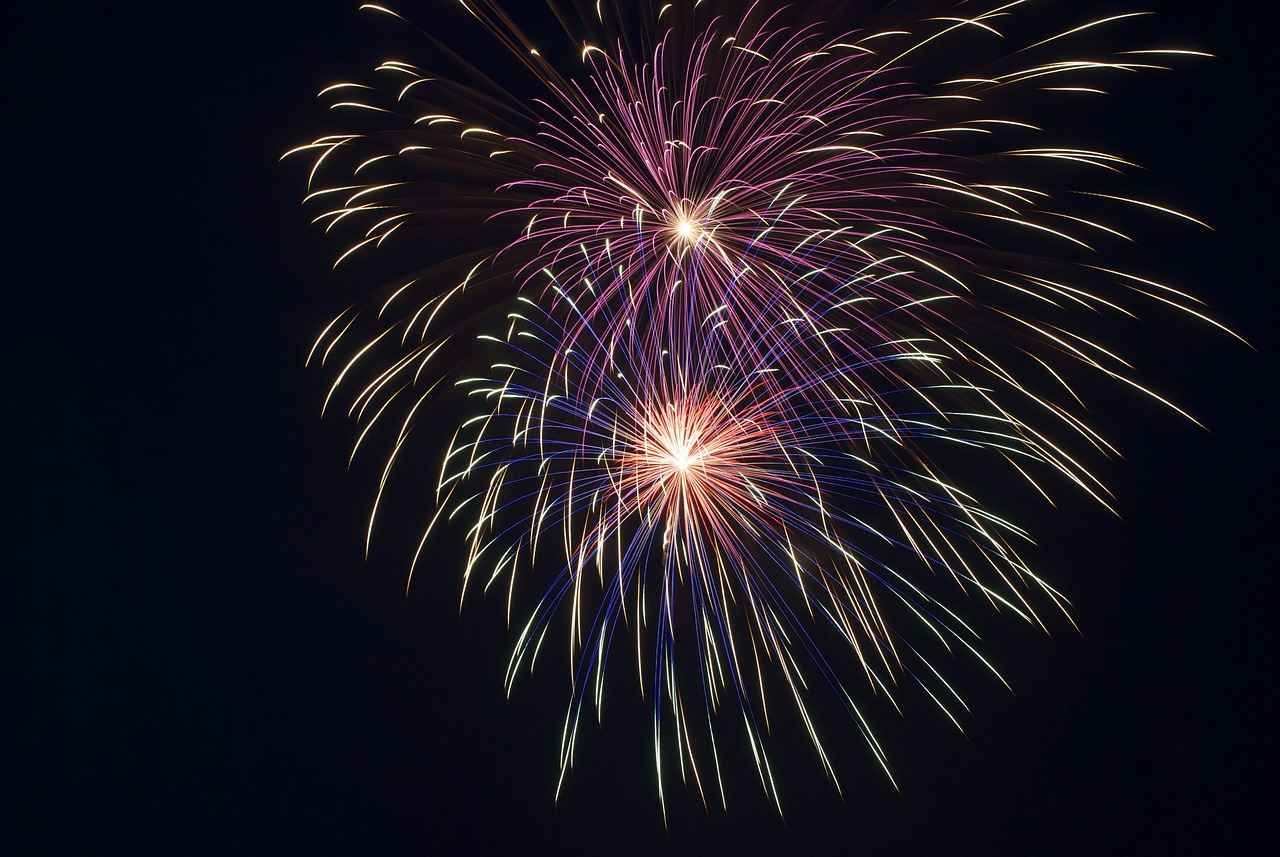
Cultural Events During Durga Puja
are not just an addition to the festivities; they are a celebration of the rich heritage and creativity of the Bengali community. These programs showcase a blend of traditional music, dance, and art, making the festival a vibrant tapestry of cultural expression.
Each year, numerous cultural programs are organized across Kolkata and other parts of West Bengal, attracting both locals and tourists. These events are designed to engage audiences and provide a platform for artists to showcase their talents.
| Type of Cultural Program | Description |
|---|---|
| Traditional Music | Performances featuring classical and folk music, including Baul and Rabindra Sangeet, that resonate with the spiritual essence of the festival. |
| Dance Performances | Groups perform traditional dances like Dhak and Chhau, which celebrate the victory of Goddess Durga. |
| Art Exhibitions | Showcasing local artisans’ work, including intricate pandal decorations and traditional crafts that reflect the creativity of the community. |
In addition to these performances, theatrical plays and poetry recitals are also common, often depicting stories from Hindu mythology that align with the themes of the festival. This not only entertains attendees but also educates them about the cultural significance of Durga Puja.
The atmosphere during these cultural events is electric, with a palpable sense of community spirit as people come together to celebrate. The combination of art, music, and dance fosters a sense of unity among participants, creating lasting memories.
In conclusion, the cultural programs during Durga Puja are an essential aspect of the celebration, offering a glimpse into the vibrant traditions of Bengal. They not only entertain but also enrich the festival experience, making Durga Puja a true reflection of the community’s cultural identity.
Art and Craft Exhibitions
during Durga Puja are not just a visual treat but a profound showcase of cultural heritage and artistic expression. These exhibitions feature intricate pandal designs, stunning sculptures, and traditional crafts that celebrate the skills of local artisans. Each year, the streets of Kolkata and other parts of West Bengal transform into a vibrant gallery, attracting art enthusiasts and casual visitors alike.
One of the most captivating aspects of these exhibitions is the diversity of styles and techniques on display. Artisans employ a variety of materials, including clay, bamboo, and recycled items, to create breathtaking installations that often reflect contemporary themes alongside traditional motifs. This blend of the old and the new not only highlights the creativity of the artists but also emphasizes the importance of sustainability in modern art practices.
| Type of Art | Description |
|---|---|
| Pandal Design | Elaborate structures that serve as temporary homes for the goddess, often themed around social issues or historical events. |
| Sculptures | Idols of Goddess Durga and other deities, crafted with incredible detail, representing various artistic styles. |
| Traditional Crafts | Handmade items such as textiles, pottery, and jewelry that showcase the rich craft traditions of Bengal. |
Moreover, these exhibitions serve as a platform for local artisans to gain recognition and support. Many artists collaborate with community organizations to promote their work, ensuring that traditional crafts are preserved and passed down through generations. Visitors are often encouraged to interact with the artists, providing a unique opportunity to learn about the techniques and stories behind each piece.
In conclusion, the art and craft exhibitions during Durga Puja are a testament to the rich cultural tapestry of West Bengal. They not only celebrate the festival but also foster a sense of community and appreciation for the arts, making it an essential part of the Durga Puja experience.
Musical Performances and Dance
are at the heart of the Durga Puja celebrations, captivating audiences with their vibrant energy and cultural significance. These performances not only entertain but also serve as a medium to express the rich heritage of Bengal.
Throughout the festival, one can witness a variety of live music and dance performances that blend traditional folk styles with contemporary interpretations. These events are designed to engage the community and enhance the overall celebratory atmosphere. Local artists, as well as renowned performers, come together to showcase their talents, making each event unique and memorable.
| Type of Performance | Description |
|---|---|
| Folk Music | Traditional songs that reflect the cultural heritage of Bengal, often accompanied by instruments like the dotara and madol. |
| Classical Dance | Performances such as Bharatanatyam and Odissi that narrate stories from mythology and folklore. |
| Contemporary Dance | Modern interpretations that incorporate various dance styles, often infused with vibrant choreography and themes relevant to today’s society. |
The dance performances during Durga Puja are particularly noteworthy. They often feature intricate costumes and elaborate staging, creating a visual spectacle that draws in crowds of all ages. Audiences are encouraged to participate, fostering a sense of community and shared joy.
Moreover, the musical performances often include a mix of devotional songs and popular tunes, appealing to both traditionalists and modern audiences. This fusion of styles not only showcases the versatility of Bengali culture but also highlights the festival’s inclusive spirit.
In conclusion, the live music and dance performances during Durga Puja are a celebration of cultural identity, providing a platform for artistic expression and community engagement. They play a crucial role in enhancing the festive atmosphere, making the festival a truly immersive experience for all.
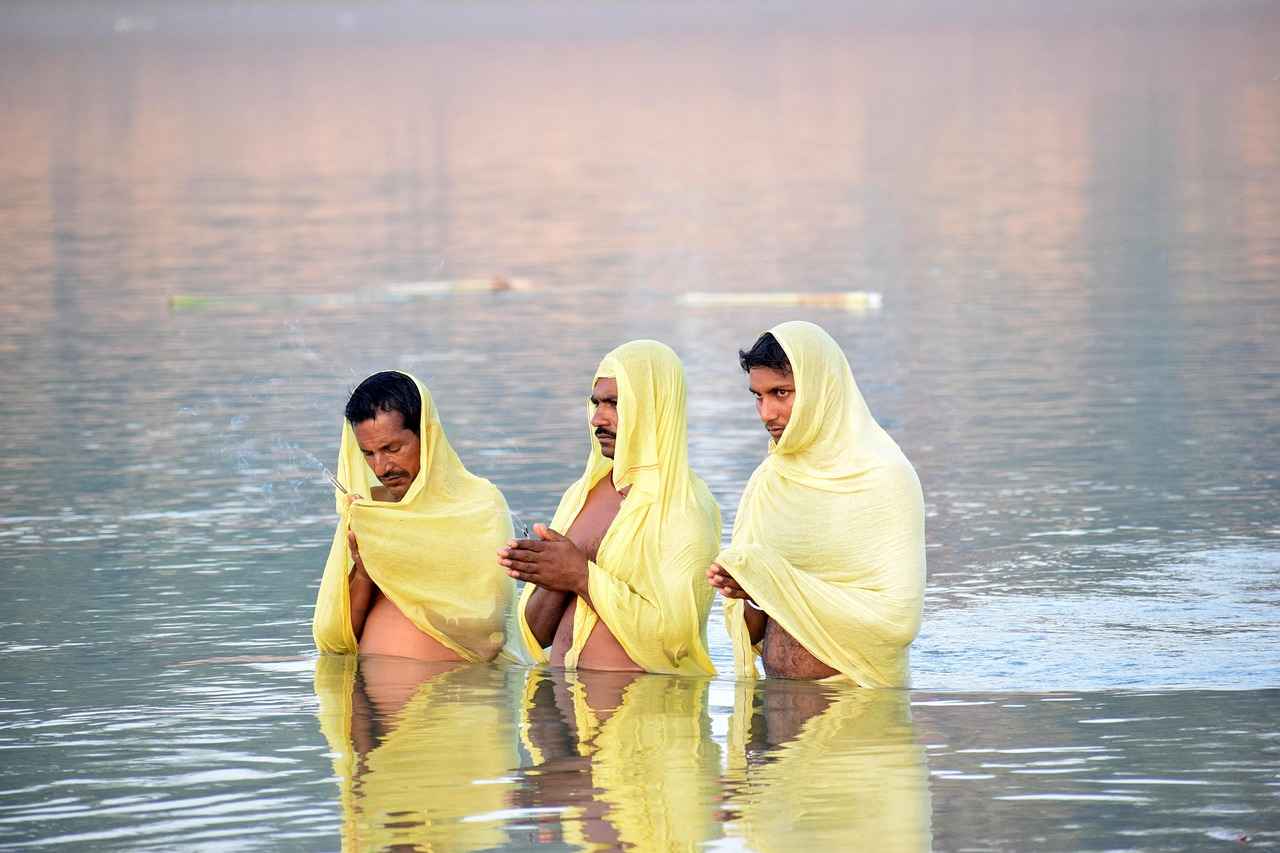
Food and Festivities: A Culinary Journey
During the vibrant celebrations of Durga Puja, food holds a special place, acting as a bridge that connects people, culture, and tradition. The festival is not just about rituals and prayers; it is also a grand feast for the senses, showcasing the culinary diversity of West Bengal.
From the early days of the festival, the aroma of traditional dishes fills the air, inviting both locals and visitors to indulge in a gastronomic adventure. The centerpiece of these celebrations is the bhog, a sacred offering to the goddess, which is later shared among devotees. This offering typically includes a variety of dishes such as:
- Khichuri: A comforting mixture of rice and lentils, often cooked with vegetables and spices, symbolizing abundance.
- Labra: A mixed vegetable dish that highlights seasonal produce, reflecting the region’s agricultural richness.
- Sandesh: A delicate sweet made from fresh paneer, showcasing the artistry of Bengali sweets.
In addition to bhog, elaborate feasts are prepared in homes and community pandals, featuring an array of dishes that cater to diverse palates. The culinary offerings during Durga Puja are not limited to traditional items; street food stalls emerge, serving popular local delicacies such as:
- Puchka: A spicy and tangy street food that is a must-try for visitors.
- Kathi Rolls: Delicious wraps filled with spiced meats or vegetables, perfect for on-the-go snacking.
- Mishti: A variety of sweets that are synonymous with Bengali culture, enjoyed during the festivities.
This culinary journey during Durga Puja not only satisfies hunger but also fosters a sense of community, as families and friends gather to share meals and celebrate together. The festival is a testament to the rich culinary heritage of West Bengal, where each dish tells a story of tradition and togetherness.
In conclusion, the food during Durga Puja is an integral part of the celebrations, enhancing the festive spirit and creating lasting memories for everyone involved. Embracing this culinary diversity allows participants to fully experience the essence of Durga Puja.
Traditional Bengali Dishes
are an essential part of the vibrant celebrations during Durga Puja, showcasing the rich culinary heritage of West Bengal. The festival is not only a time for religious observance but also a grand feast for the senses, especially when it comes to food. From the sacred bhog offered to the goddess to the elaborate feasts enjoyed by families and friends, every dish tells a story of tradition and culture.
Bengali cuisine is renowned for its diverse flavors, intricate preparations, and use of fresh ingredients. During Durga Puja, the offerings and meals reflect the season and the agricultural bounty of the region. Some of the most popular traditional dishes include:
- Bhog: A simple yet delicious offering to the goddess, typically consisting of khichuri (a mix of rice and lentils), aloo bhaja (fried potatoes), and labra (a mixed vegetable dish).
- Shorshe Ilish: Hilsa fish cooked in mustard sauce, a delicacy that is a must-have during the festivities.
- Chingri Malai Curry: Prawns cooked in a creamy coconut milk sauce, this dish is a favorite among seafood lovers.
- Mishti Doi: A sweetened yogurt that serves as a perfect dessert, symbolizing the sweetness of the occasion.
In addition to these traditional offerings, street food plays a significant role in the festive atmosphere. Stalls serving puchka (pani puri), kathi rolls, and jhalmuri (spicy puffed rice) become popular gathering spots for families and friends, adding to the communal spirit of the celebration.
The culinary journey during Durga Puja is not just about the food; it is an experience that brings people together, fostering a sense of community and belonging. Whether it’s the simple offerings made to the goddess or the elaborate meals shared with loved ones, each dish is a reflection of the rich cultural tapestry of Bengal.
As the festivities unfold, the aroma of traditional Bengali dishes fills the air, inviting everyone to partake in the joy and celebration of Durga Puja. This culinary aspect is a testament to the region’s heritage, making the festival an unforgettable experience for both locals and visitors alike.
Street Food and Local Delicacies
play a significant role in enhancing the festive spirit of Durga Puja in Kolkata and other parts of West Bengal. As the festival unfolds, vibrant street food stalls emerge, creating a lively atmosphere filled with tantalizing aromas and flavors. These stalls offer a delightful array of local delicacies that not only satisfy the taste buds but also reflect the rich culinary heritage of the region.
During Durga Puja, the streets come alive with vendors selling a variety of street food items. From puchkas (also known as golgappas or pani puri) bursting with spicy tamarind water, to kathi rolls filled with marinated meats and vegetables, the options are endless. Each dish tells a story of tradition and community, making the food experience an integral part of the celebrations.
The excitement is palpable as people gather around the stalls, sharing their favorite dishes and discovering new flavors. Chaat, a popular street food, is particularly favored during this time, with its unique combination of sweet, tangy, and spicy elements. Additionally, mishti (sweets) like rasgulla and sandesh are must-tries, offering a sweet conclusion to the savory delights.
- Puchkas: A must-have for their burst of flavor.
- Kathi Rolls: Perfect for a quick and delicious meal.
- Chaat: A flavorful mix that tantalizes the taste buds.
- Mishti: Traditional sweets that complete the feast.
Moreover, the experience of enjoying street food during Durga Puja is not just about the food itself; it’s about the camaraderie and joy shared among friends and family. As people gather to celebrate, the street food stalls become a hub of social interaction, laughter, and shared memories.
In conclusion, street food stalls during Durga Puja are more than just food vendors; they are a celebration of culture, community, and culinary art. The local delicacies served not only enhance the festive atmosphere but also create lasting memories for everyone involved.

Conclusion: Embracing the Spirit of Durga Puja
Durga Puja is not merely a festival; it embodies the essence of community, culture, and spirituality. This grand celebration, particularly vibrant in Kolkata and across West Bengal, marks a significant time of year when people come together to honor Goddess Durga, who symbolizes the victory of good over evil. The rich traditions and lively festivities associated with Durga Puja create an atmosphere filled with joy and togetherness, leaving lasting memories for all who participate.
The festival typically spans several days, each filled with unique rituals and cultural events that engage the community. From the intricate designs of pandals to the melodious sounds of traditional music, every aspect of Durga Puja is meticulously planned to reflect the artistic spirit of Bengal. The celebrations not only honor the goddess but also serve as a platform for showcasing local talent and fostering community bonds.
One of the most captivating elements of Durga Puja is the culinary diversity it brings forth. Families and friends gather to share traditional Bengali dishes, from the sacred bhog offered to the goddess to elaborate feasts that delight the taste buds. Street food stalls also emerge during this time, offering local delicacies that add an exciting flavor to the festive atmosphere.
Moreover, the cultural programs during Durga Puja are a feast for the senses. Dance performances, art exhibitions, and live music create a vibrant tapestry of experiences that reflect the rich heritage of the Bengali community. These events not only entertain but also educate participants about the significance of the festival, making it a holistic celebration.
In conclusion, embracing the spirit of Durga Puja means participating in a celebration that transcends mere rituals. It is an opportunity to connect with one another, appreciate the rich cultural heritage, and create unforgettable memories. Whether you are a local or a visitor, immersing yourself in the vibrant festivities of Durga Puja will undoubtedly enrich your understanding and appreciation of this magnificent festival.
Frequently Asked Questions
- What is the significance of Durga Puja?
Durga Puja celebrates the victory of Goddess Durga over the buffalo demon Mahishasura, symbolizing the triumph of good over evil. It’s a time for reflection, devotion, and community bonding.
- When does Durga Puja take place?
Durga Puja typically takes place in September or October, depending on the lunar calendar. The festival spans several days, with the main celebrations occurring from Shashthi to Dashami.
- What are the key rituals performed during Durga Puja?
The key rituals include Mahalaya, which marks the beginning of the festivities, and the main days from Shashthi to Dashami, featuring prayers, cultural events, and the immersion of the idol.
- What types of food are served during Durga Puja?
During Durga Puja, a variety of traditional Bengali dishes are served, including bhog (offering food), street food, and elaborate feasts that showcase the region’s culinary diversity.
- Are cultural events part of the celebrations?
Absolutely! Cultural programs featuring music, dance, and art exhibitions are integral to Durga Puja, reflecting the rich heritage and creativity of the Bengali community.


